please remember you can click on a photo to see a larger version & highlighted text are links to additional information
The Cowboy Code
It dawned cloudy and cool. Occasionally the sun would break out and light swept across the landscape.
We were back at Poinsettia, camped above the small mine site.
We hiked above the area on our walk with coffee before breakfast. The drama of the changing light delighted us.
On our return to camp, I retraced our route up. "I'm going to town," The Lady said, and took a direct route down.
The Lady enjoyed more poking around the remaining buildings. I enjoyed the overview and wonderful colors.
Forgive me for being a curmudgeon, but I get irritated when disrespect is shown to our nation's flag. Here is a link to flag etiquette, things I remember learning as a kid -
Things like -
"display the flag only from sunrise to sunset on buildings and on stationary flagstaffs in the open. However, when a patriotic effect is desired, the flag may be displayed twenty-four hours a day if properly illuminated during the hours of darkness."
and -
"The flag should never touch anything beneath it, such as the ground, the floor, water, or merchandise."
and -
"The flag should never be fastened, displayed, used, or stored in such a manner as to permit it to be easily torn, soiled, or damaged in any way."
and -
"The flag, when it is in such condition that it is no longer a fitting emblem for display, should be destroyed in a dignified way, preferably by burning."
Times have changed. Respect and etiquette no longer matter. Some fool nailed this flag to the mine's head frame.
On this morning I comforted myself with the thought that our flag is now a battered and frayed Tibetan prayer flag - with the hope, like prayers and mantras, the respect and values that use to be associated with it will be blown by the wind to spread good will and compassion into all.
Poinsettia was only a stopover for us. We were headed further into Nevada. A little tidbit of information I received sent us on a search for a rock art site.
We arrived mid afternoon and set up camp at the end of a long primitive road. The remains of an old cattle camp shack sat at the mouth of the canyon.
We took a short walk up the canyon before dinner and discovered a winter wonderland - Nevada style. We put on our microspikes.
The water flowing from an up canyon spring was frozen solid.
We ventured only as far as the spring with its towering cottonwoods.
After dinner, surrounded by quiet with a bright star filled sky above, we crawled into our bed. Sleep came easy.
We climbed a highpoint in the morning for the view.
A lone coyote broke out in song on the flats below us. It was quite a performance. No other song dogs answered or joined in.
Today was the day for our search. We would hike the entire length of the canyon. My tidbit of information was only one sentence long -
"pictographs on the narrow canyon walls allegedly tell the story of an old Indian battle between the Paiutes and the Shoshones."
Our microspikes helped again with negotiating the ice.
Narrows continued well past the spring.
The terrain began to open up as we gained elevation.
Here is a view back the way we came.
As we neared the crest of the mountain range, we intersected a road that came in from the other side. We used it to continue up to the pass.
Six miles from camp in the junipers and scattered snow, we reached the top.
Here is a view back down.
In the photo below, the road continues on, down the opposite side of the range.
We were surrounded with beautiful Great Basin vistas.
Our turnaround time was 1 pm. We reached the top at 1 pm and with an easy 6 miles to return to our camper in good weather, we relaxed with a nice long break. We consulted our maps, oriented ourselves to landmarks, and "got the lay of the land", so to speak. We sure enjoyed the two oranges the Lady had added to our snack bags that morning. My, they were tasty.
After a half hour it was time to put the packs back on and head back.
After a couple miles the wash started to look more like a canyon again.
The canyon walls were excellent possible canvases for ancient rock art.
The only art work we found was the pictograph site.
Does it depict a battle between two tribes? It could, I don't know. I would like to find a collaborating source for the battle story.
Here are more detailed photos.
Note - I am learning to use DStretch as a tool to bring out faded pictographs. The photo below shows the nearly gone red pictographs on the panel above.
Here is a DStretch version of the above photo showing the classic horizontal wavy line behind the white circles.
Our search was a success and well worth the time to make this quick trip. Of course, we don't need much to get us interested in exploring more of Nevada.
We returned to the spring area.
Do you see what I see in the above photo? All the cow poop? The trees grazed up to as far as a cow's mouth can reach? Wood debris flattened on the ground? This is all evidence that too many cows use and abuse this area.
Sure made me think of the Cowboy Code -
I usually fail on that third one.
We worked our way around and down through the spring area.
Look close, cow poop everywhere. Smelled like it too.
Now, I ain't anti cow. In fact I had slices of cold tri-tip indirect grilled with Lone Star rub waiting for me back at camp. But, I do expect to see grazing allotments on our public lands properly managed and the resources protected.
On the return, we kept the microspikes stowed in our packs and did a little ice dancing for fun.
There was another reason to always get yer water upstream from the herd.
It was a fun and relaxing hike back to camp. We were surprised to find we had averaged 3 miles an hour coming back.
Dinner was good. It was still quiet. We never did hear sounds of a cow. We figured cows tough enough to live in this rough country, chewing on juniper in the high country, were skinny enough to hide behind rocks and were probably spying on us. The sky was still brilliantly star lit. Sleep was again wonderful and deep.
The next morning was clear.
I had one last item to attend to before leaving. The first morning here, walking about the area, I had found an old Coke bottle. I retrieved it to take photos with one of our chairs as a backdrop. It was so different than a classic Coke bottle. It had straight sides.
Back at home in the evening I started research. First off, I discovered that straight sided Coke bottles were before 1920 and predate the classic contour Coke bottles. Wow, could this bottle be over a hundred years old?
I shared photos with our friend, Ted in hopes he could help with research. Ted suggested the "No Deposit No Return" along the bottle's bottom was a telling clue. With that, I found this information about no return bottles on the Internet -
"Collectors Weekly: Have you always focused on returnable bottles?
McCoy: That’s pretty much what I collect, although I do have some no-deposit, no-return bottles. Coca-cola experimented with them in the ’60s, and then quit using them until they brought them back in a few areas in the ’70s. I don’t really collect them per se, but if I find an unusual one, I’ll usually take it home with me.
The first no-deposit, no-return bottles were used before recycling was really big. People just threw them away. They’re hard to find now because they were made of very thin glass. They’d break easily. They’ve only recently become popular with collectors. The styles of those bottles changed a lot, so there are a lot of variations to collect.
Not all of the early Coca-Cola no-deposit, no-return bottles had a contour shape. Bottle manufacturers couldn’t do it because the glass was so thin. They used an embossed diamond-shaped label that said “Coca-Cola.” The outline of the contour bottle was also embossed on that bottle. Those are pretty popular."
Source of the above quote - Collector's Weekly
So, the bottle's from the 1960's. That's a nice age. What caught my eye about the bottle was that it was not broken and in excellent condition. Out here in the rural West, where most things are "shot to shit", an intact thin walled Coke bottle is truly remarkable.
There I go again. I failed on that third piece to the Cowboy Code.

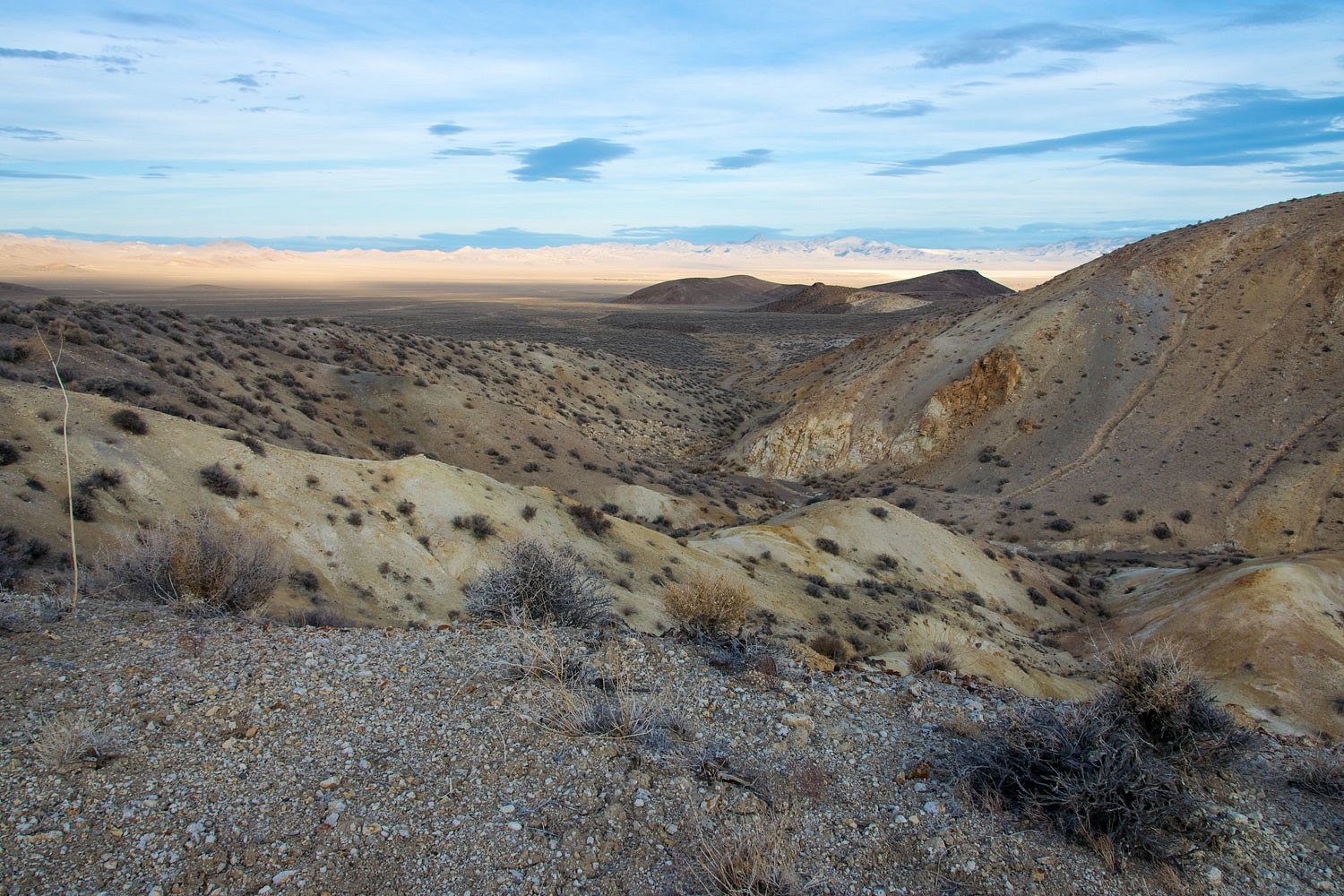
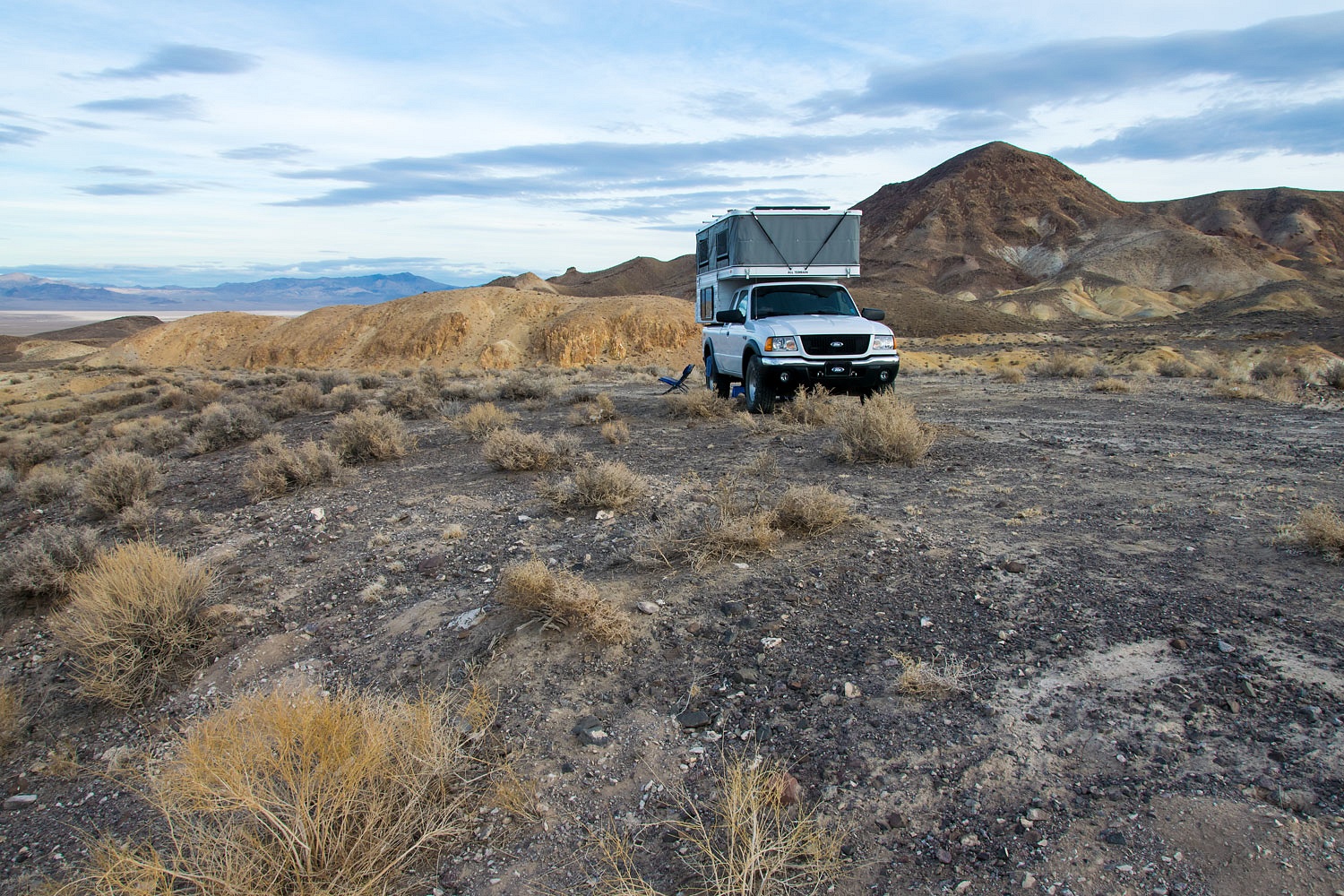
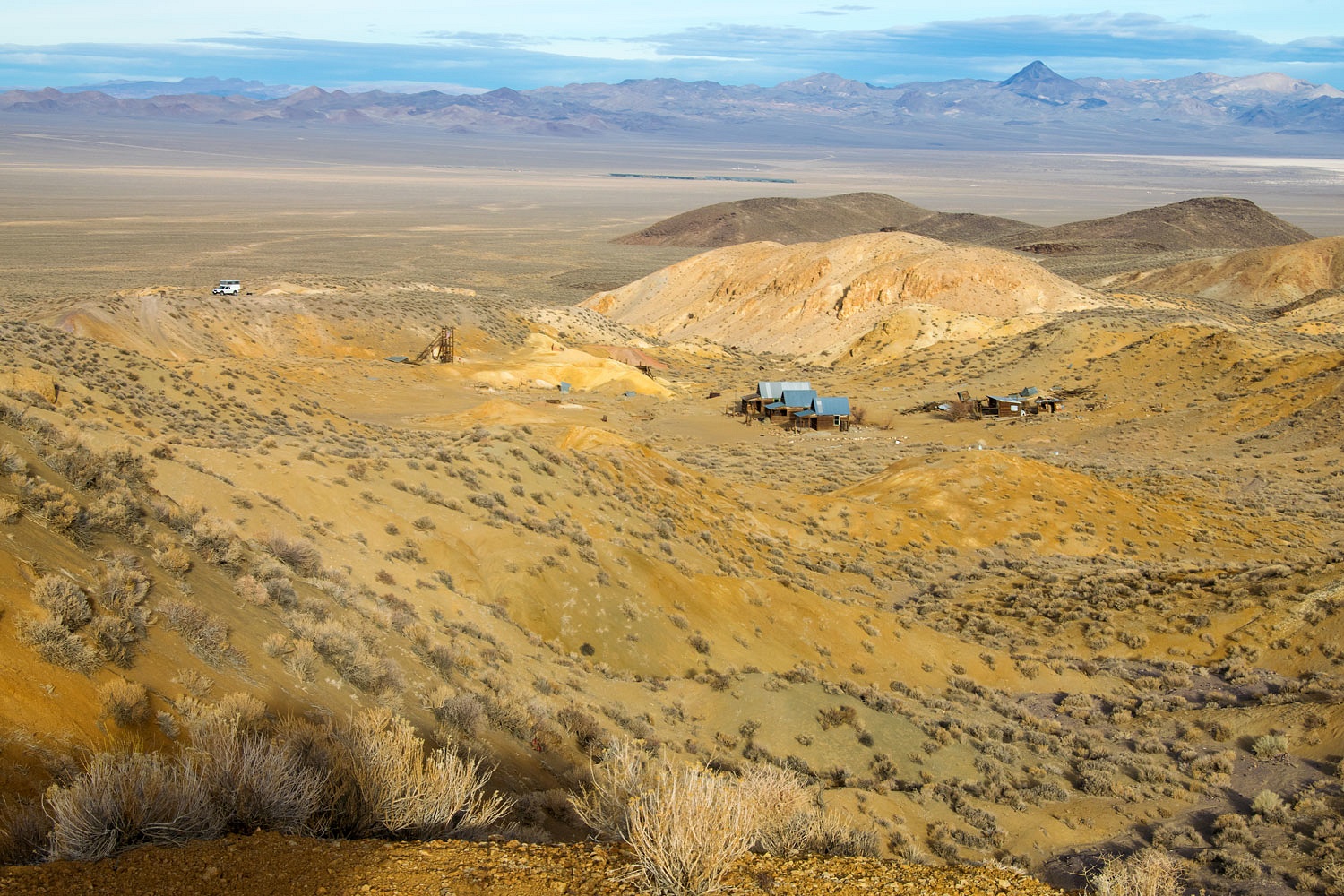
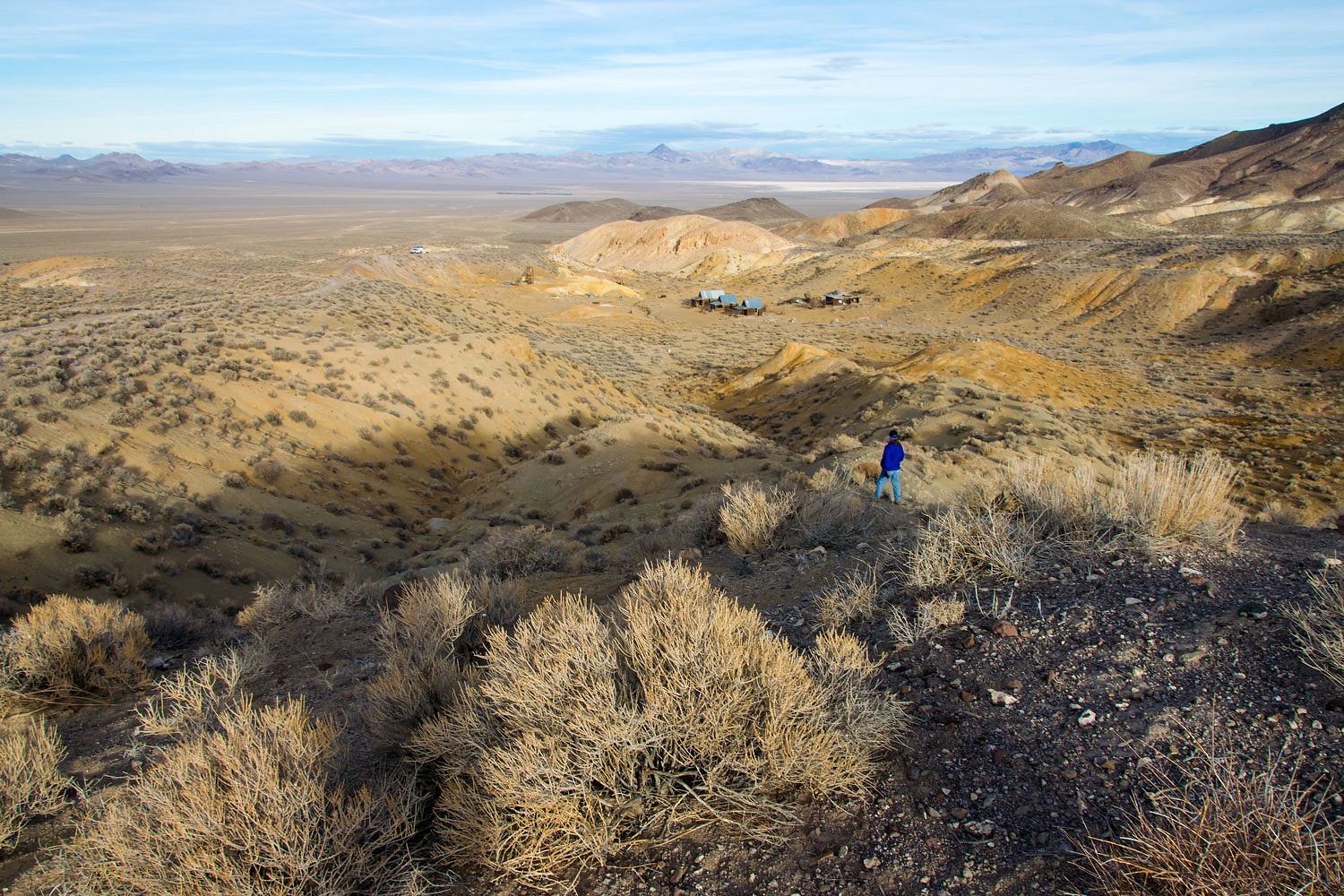
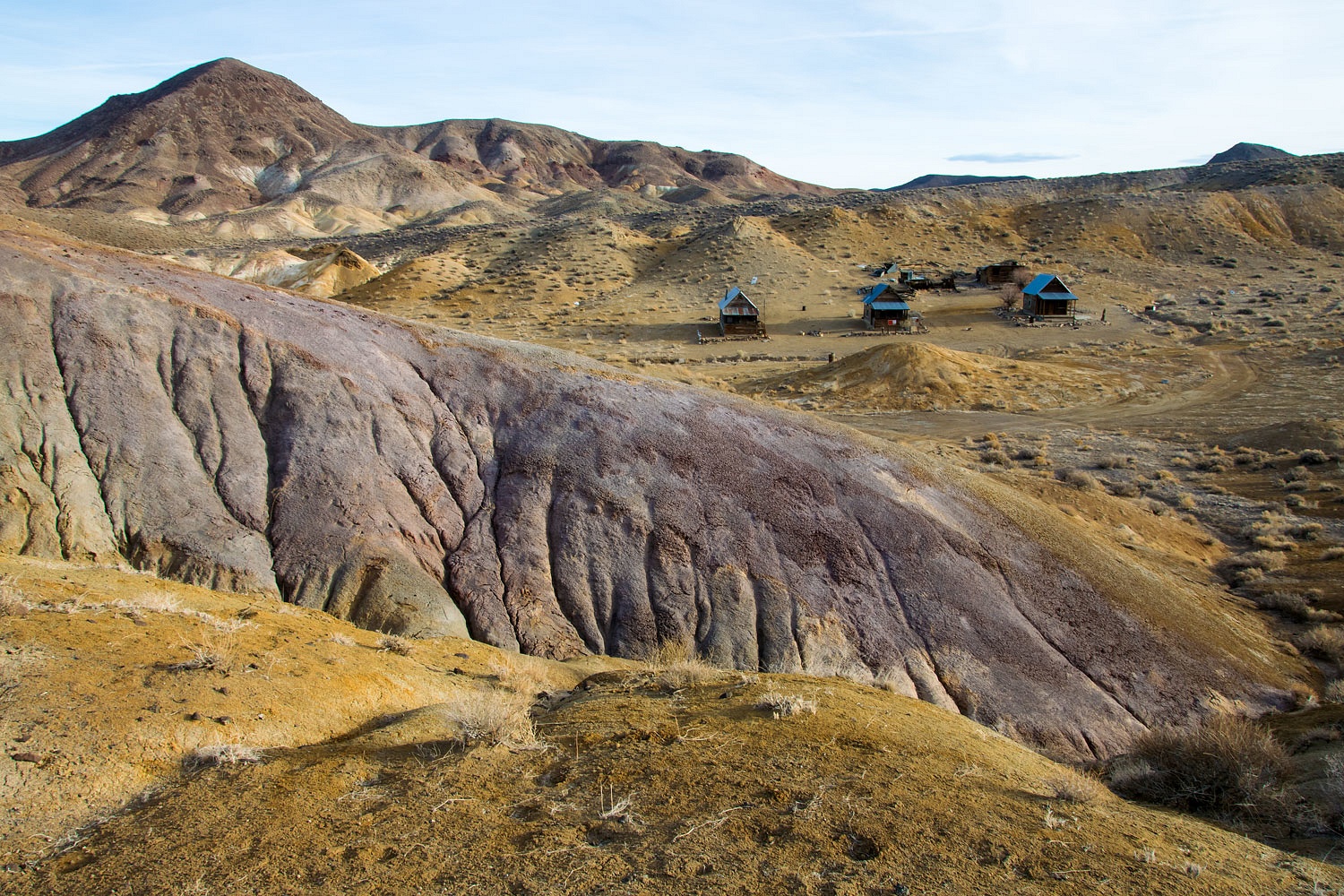
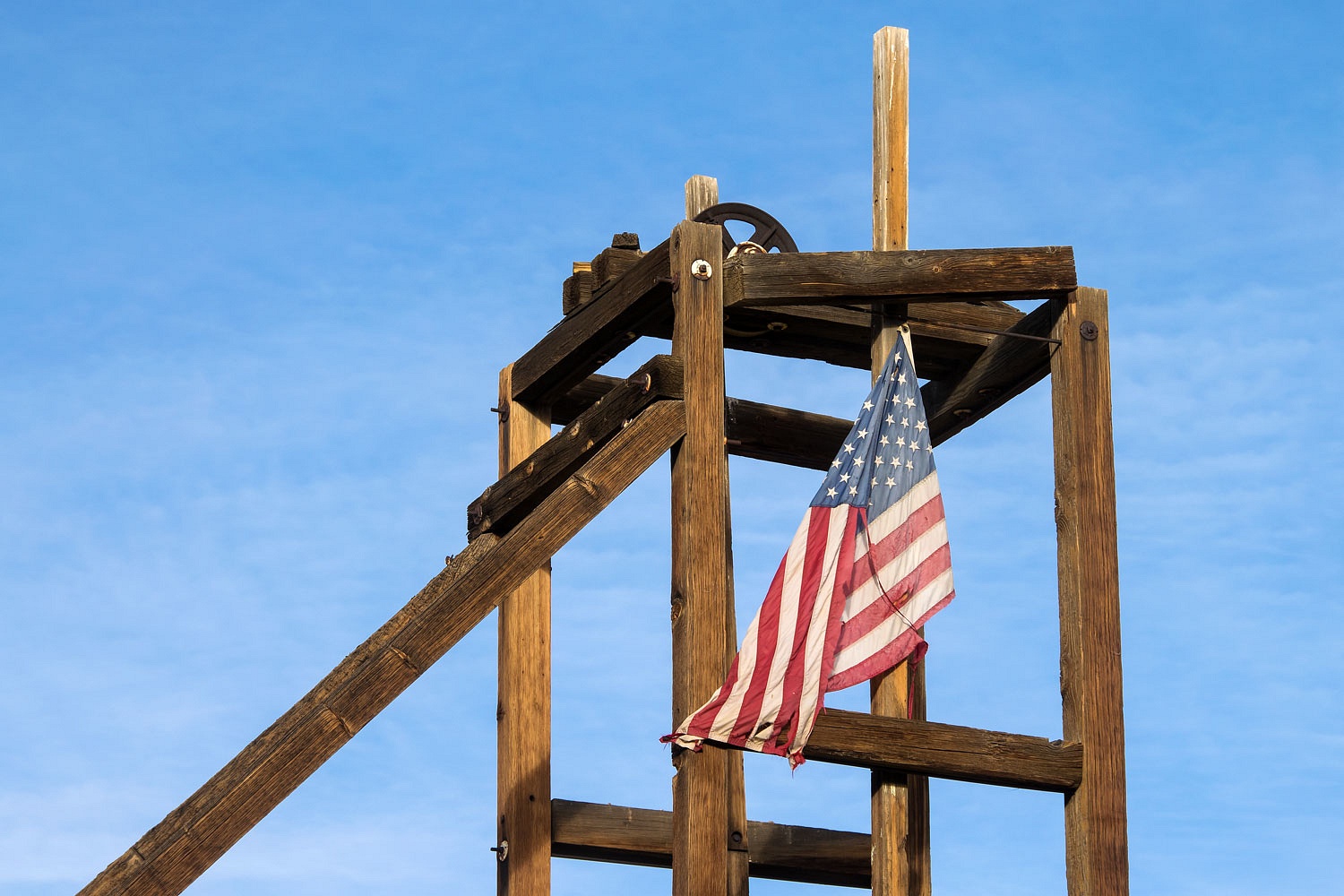
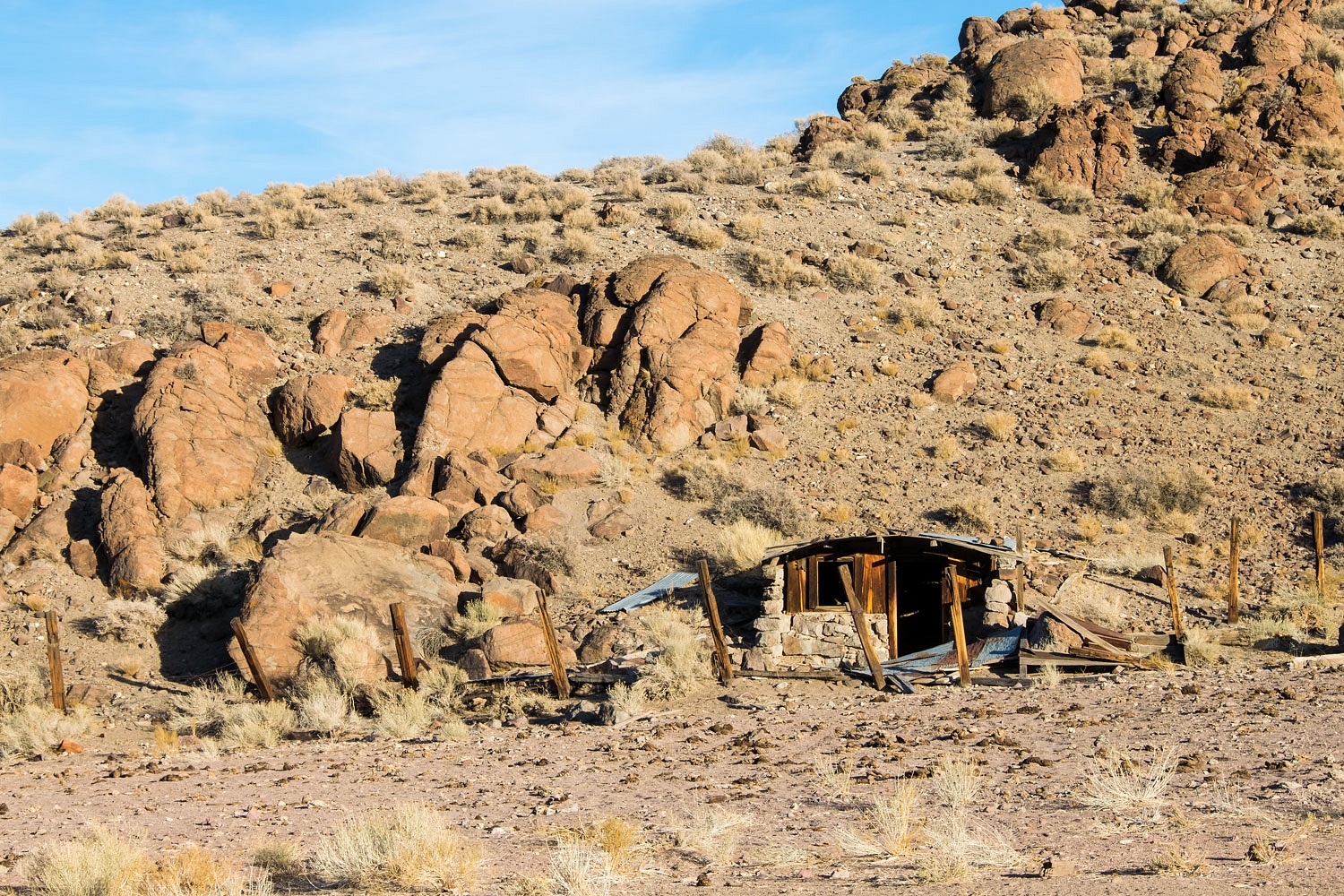
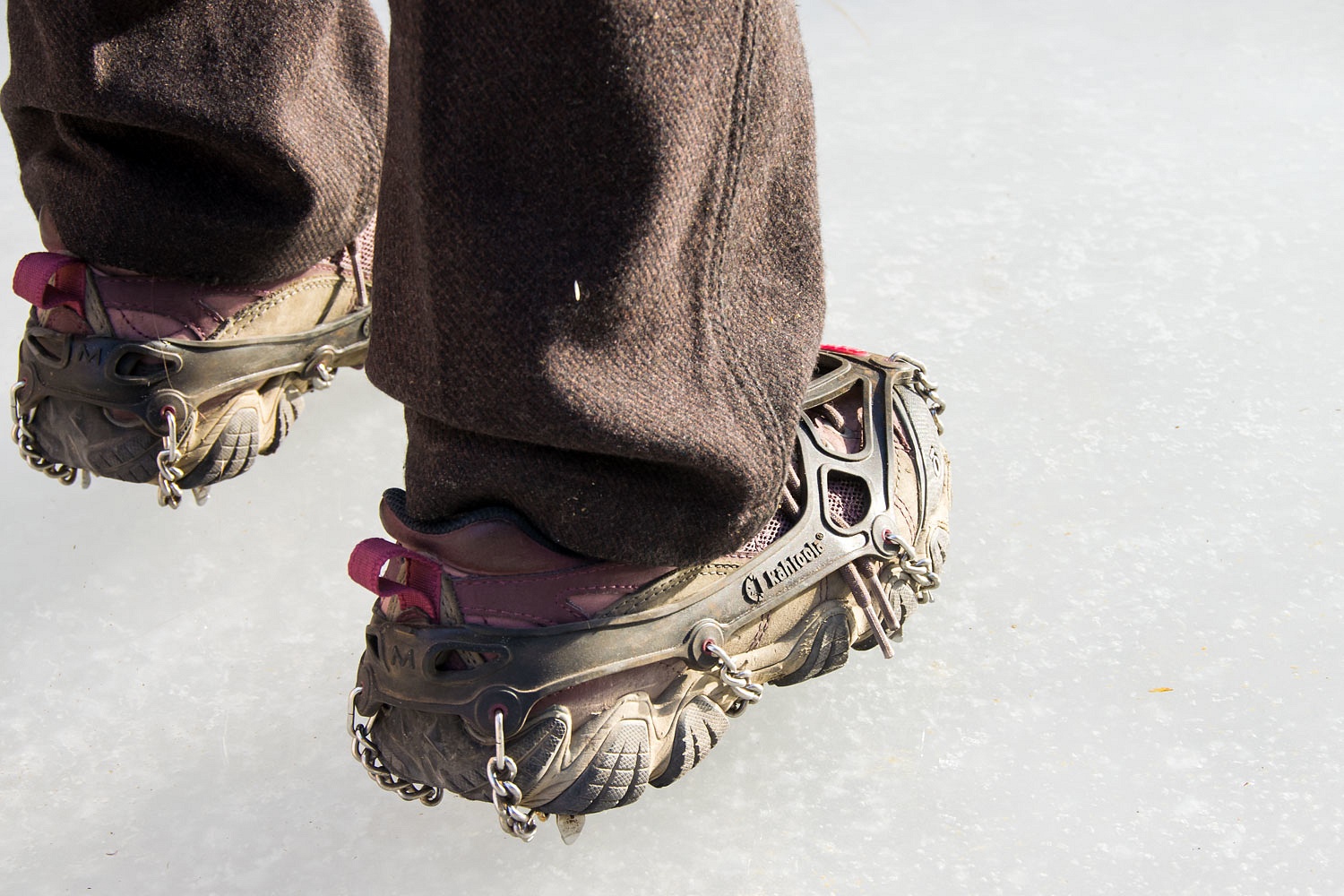
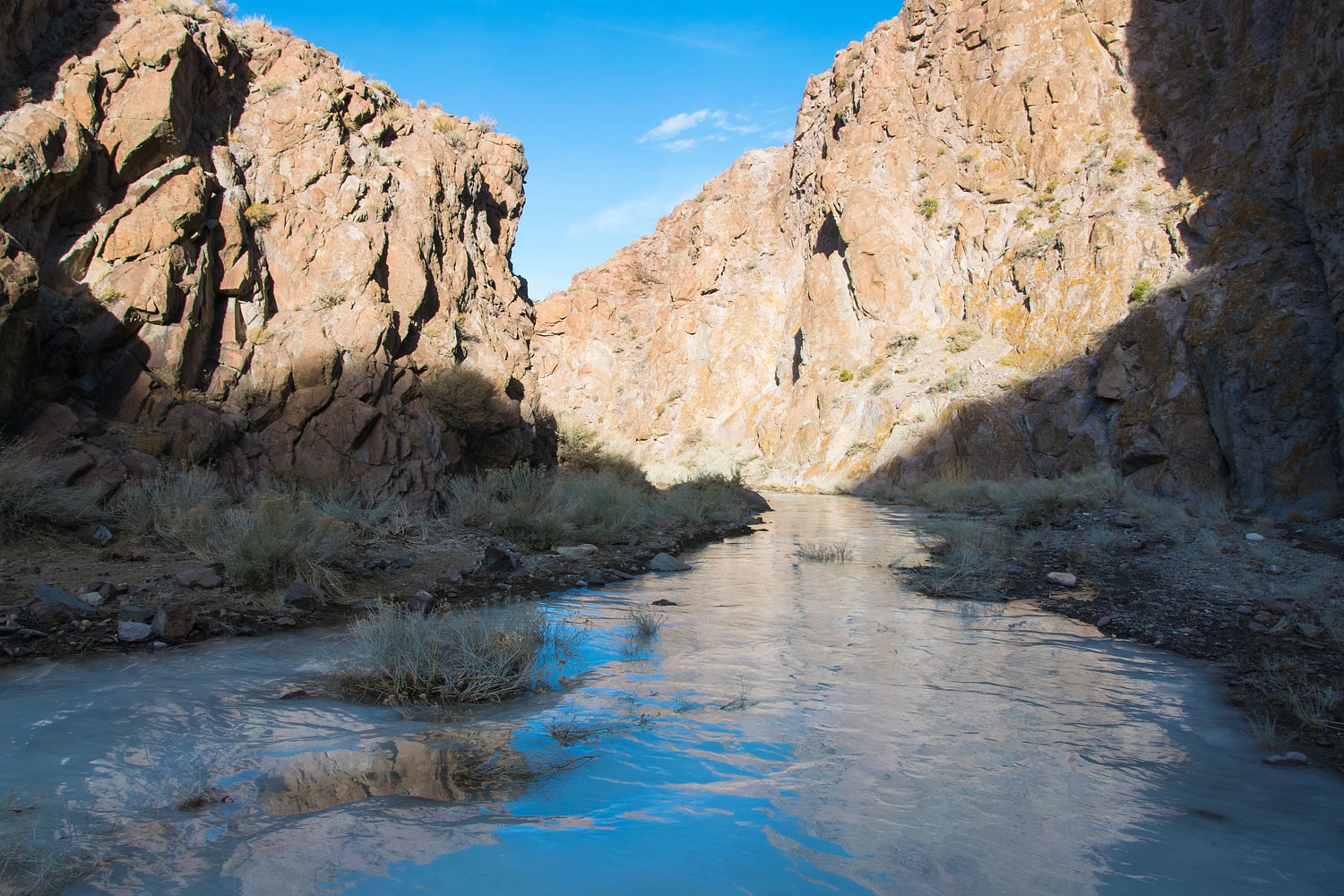
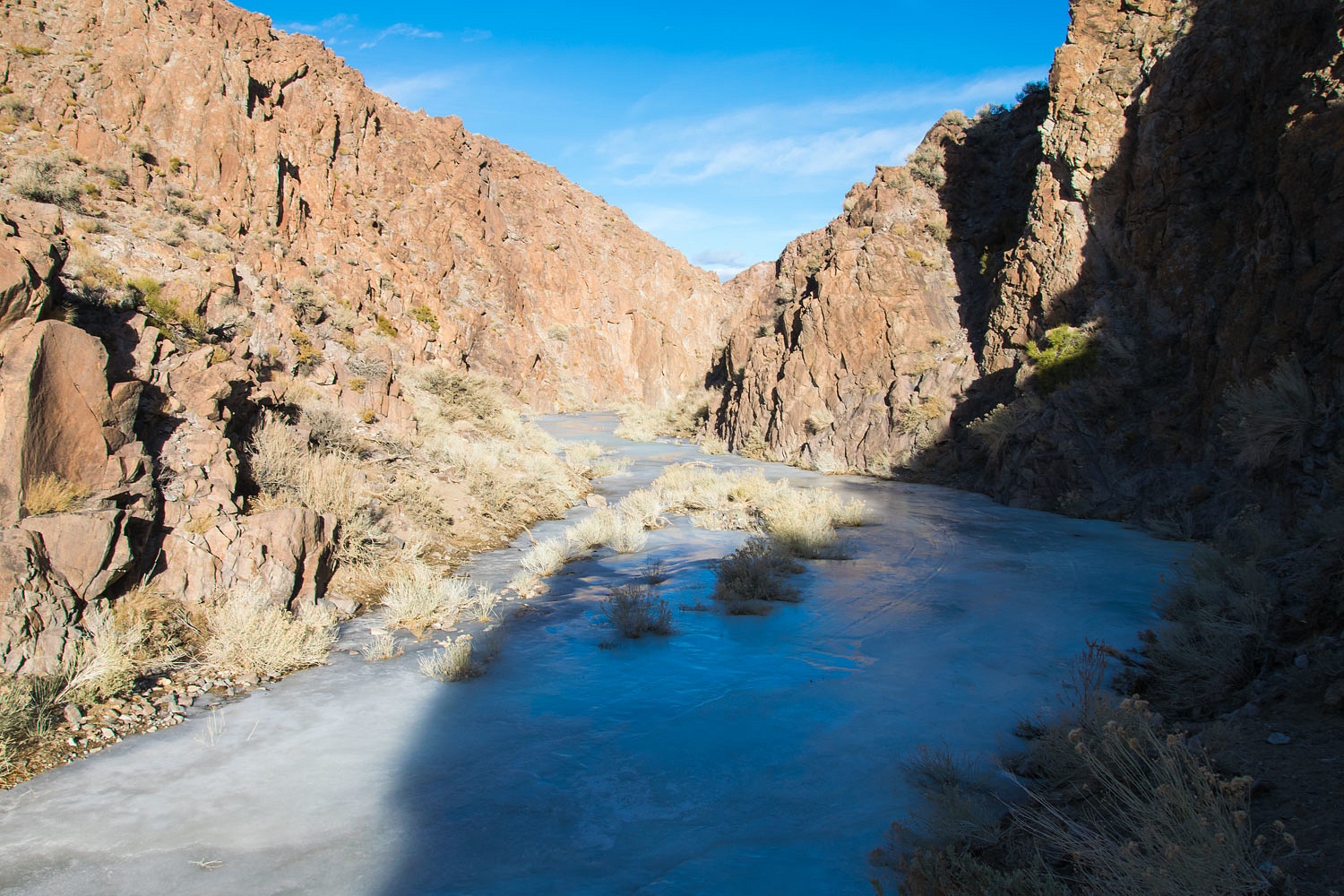
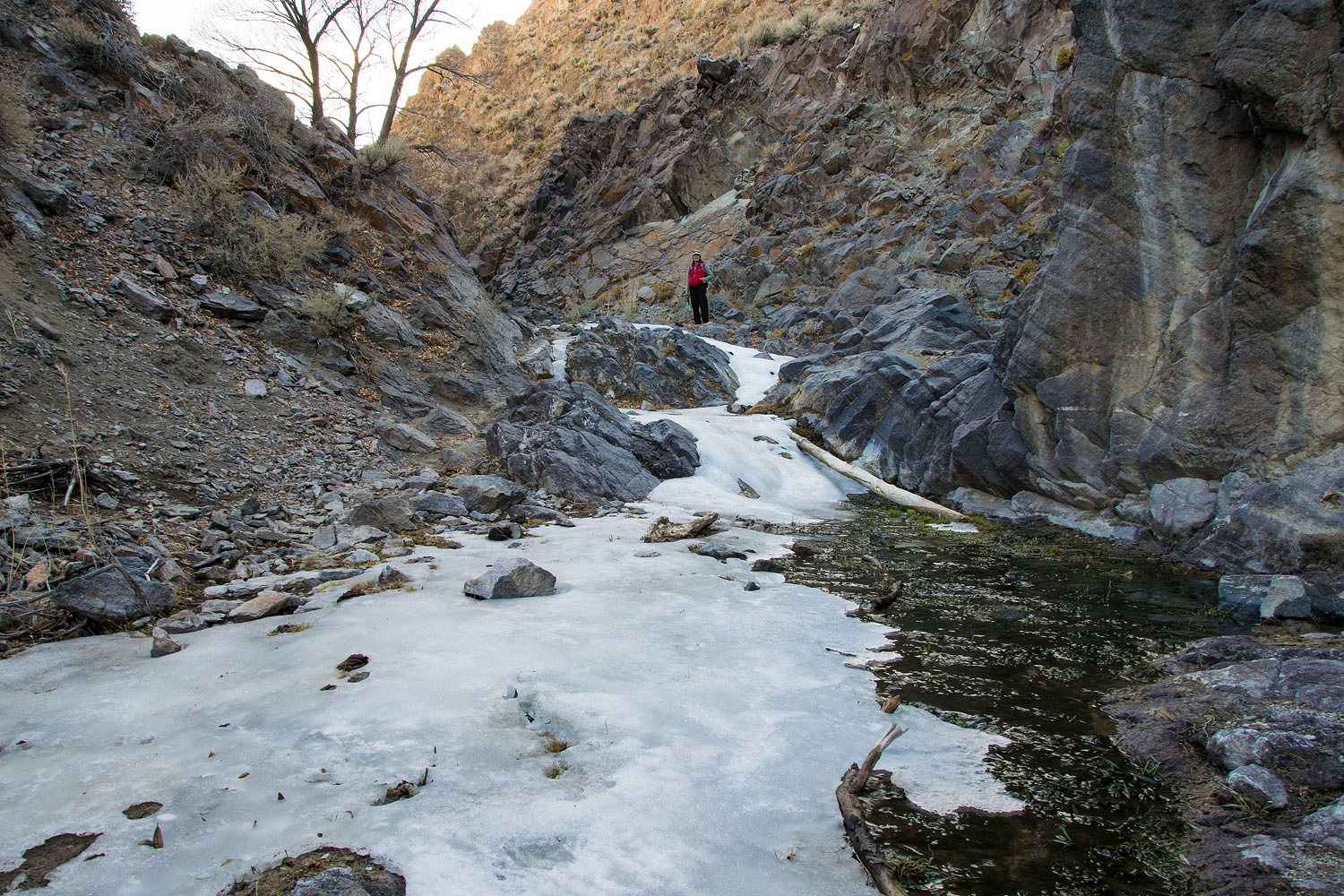
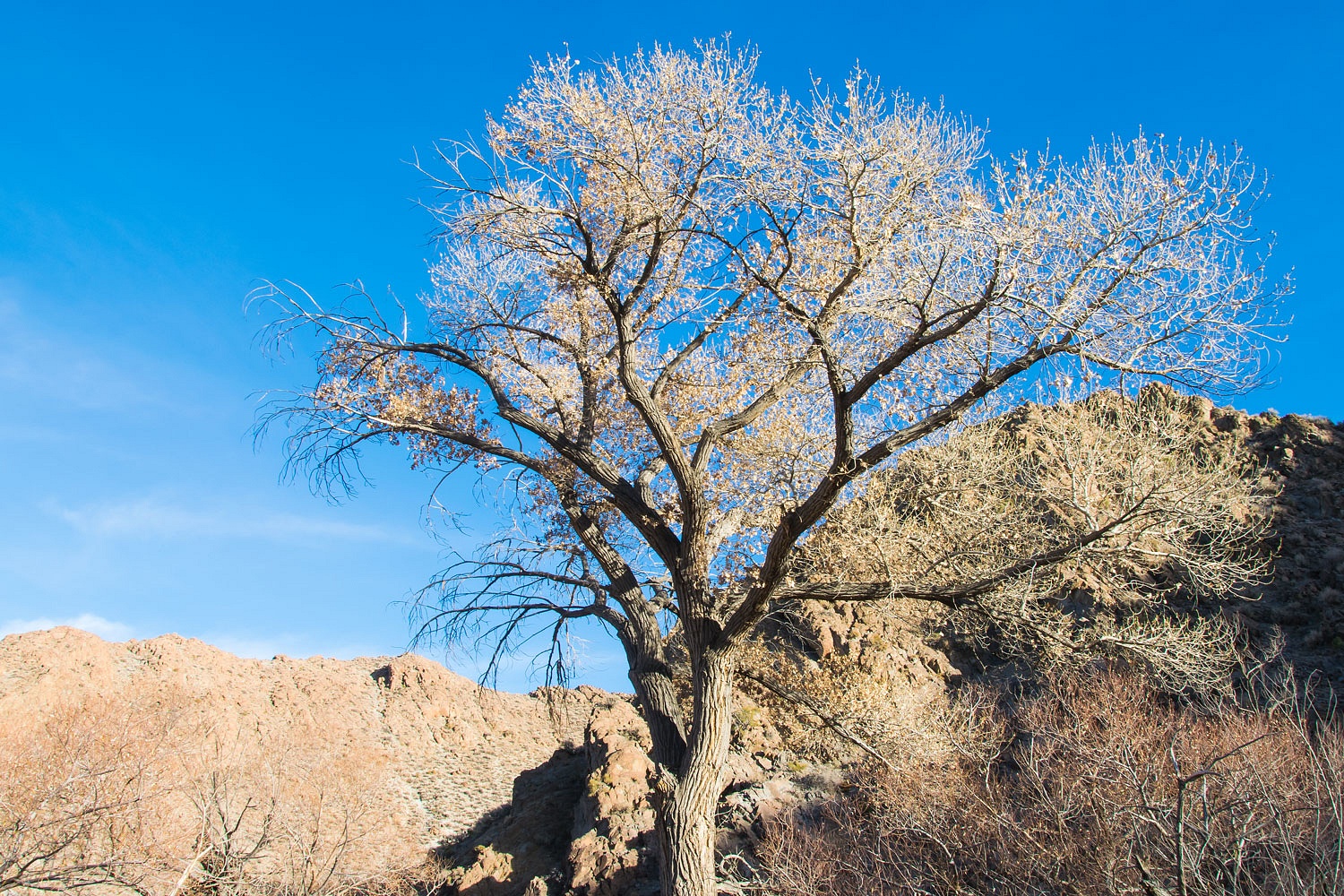


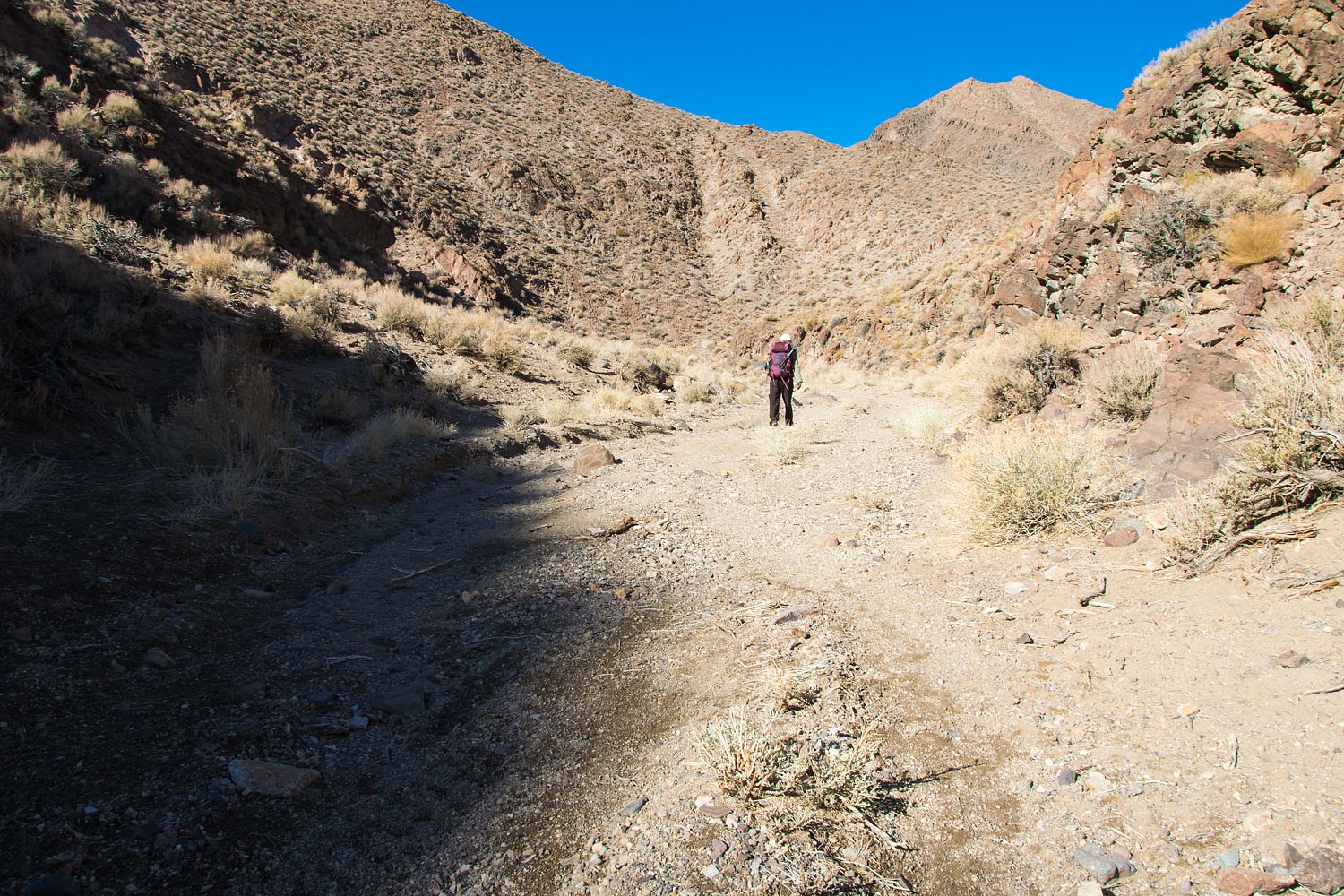
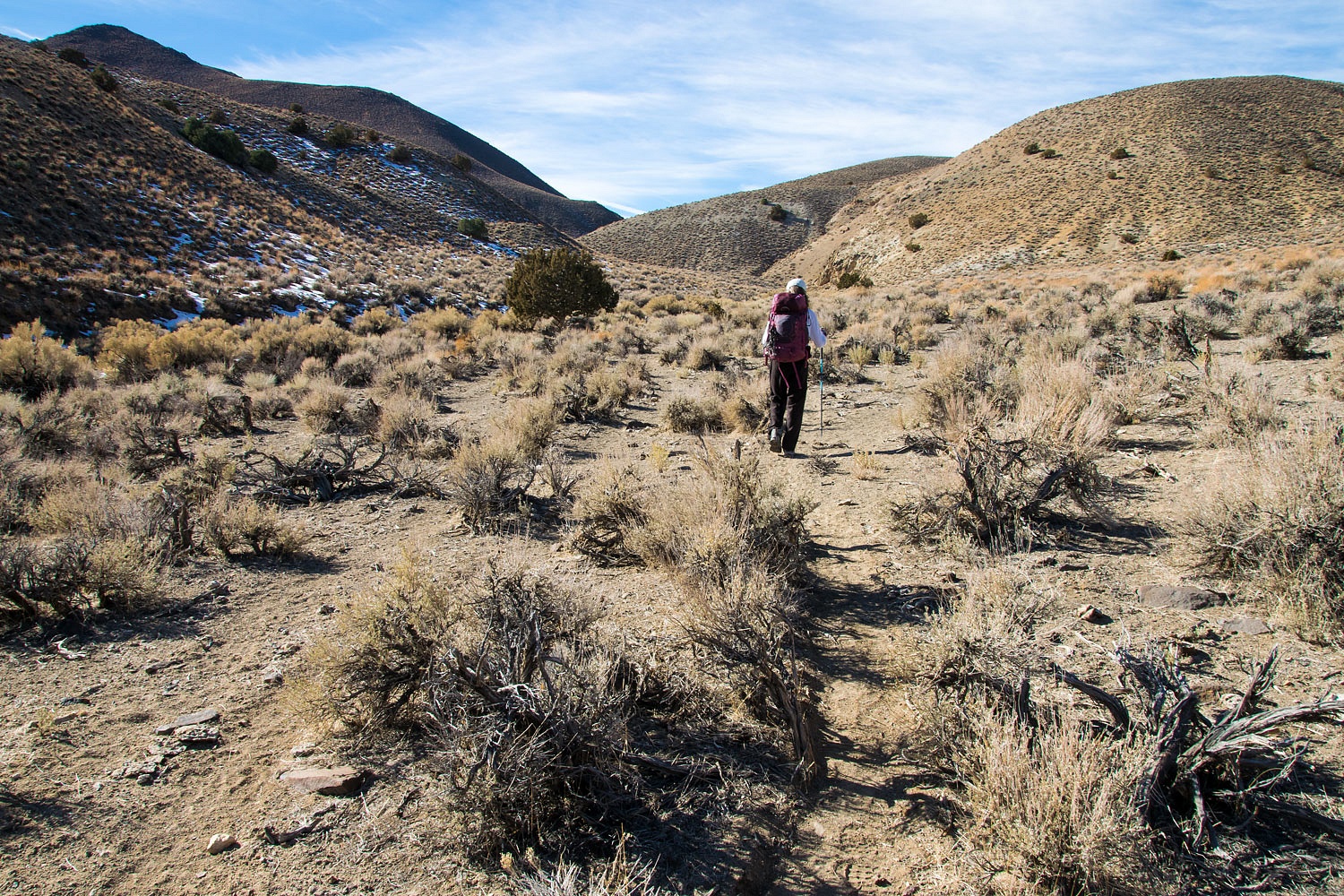
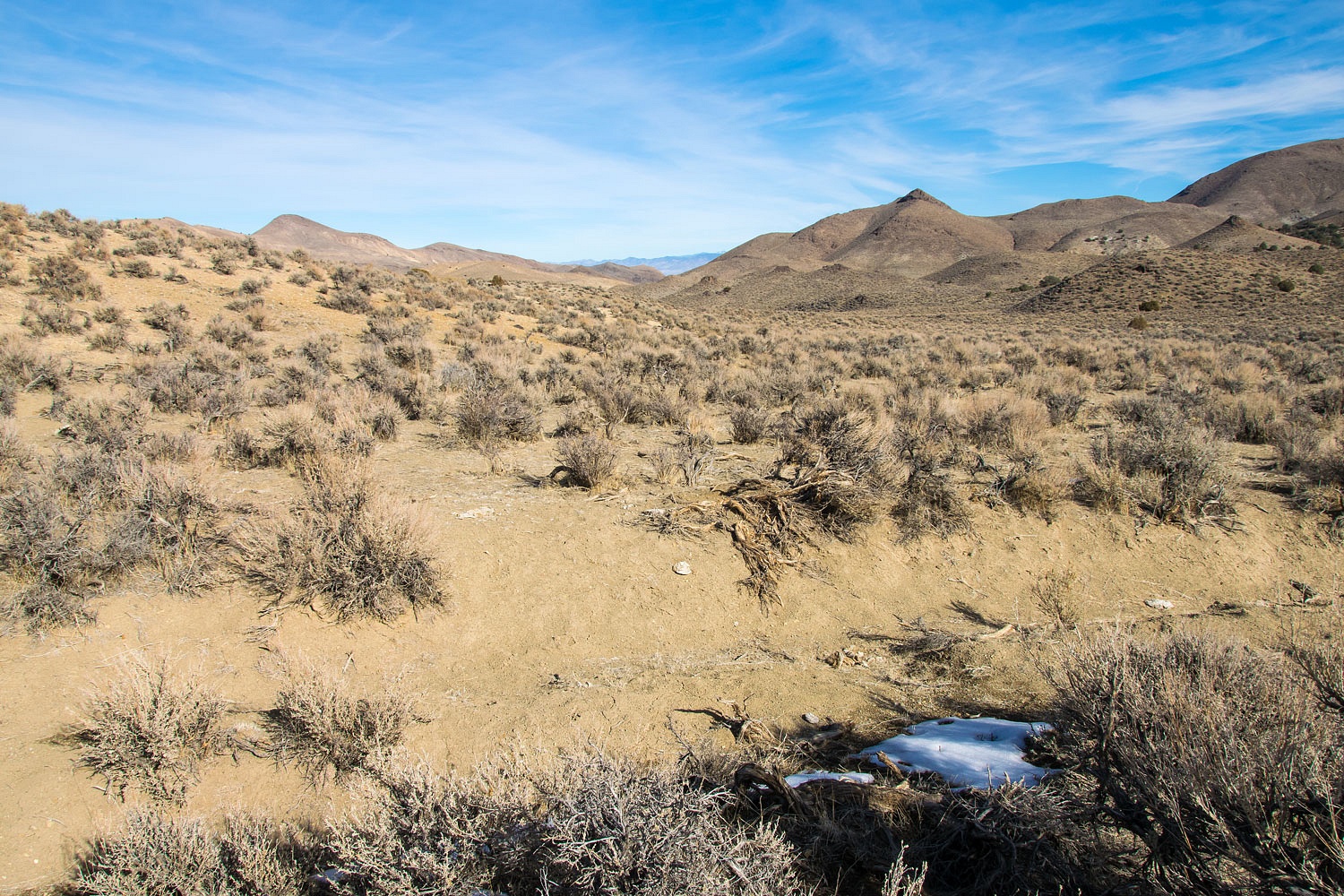
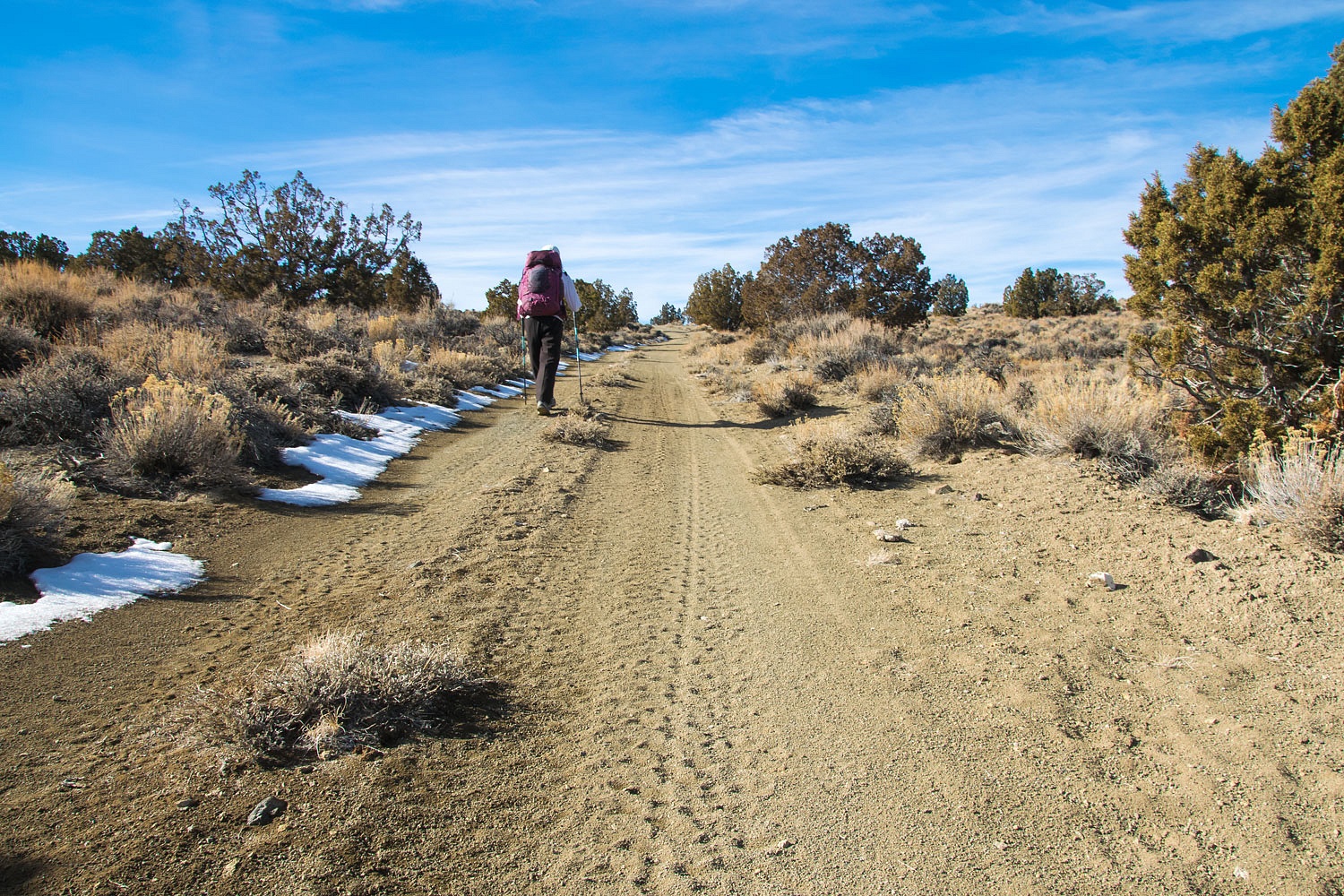

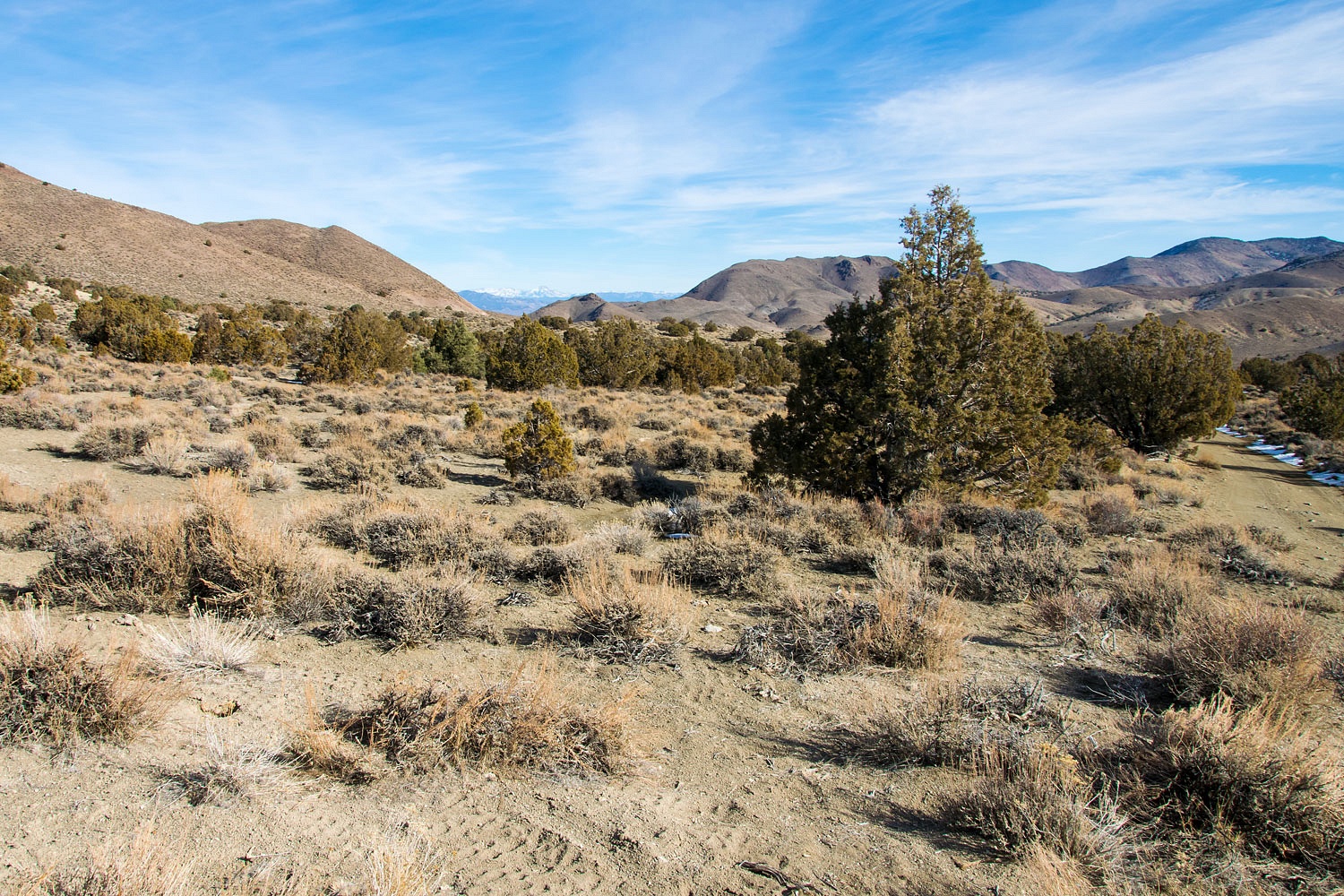
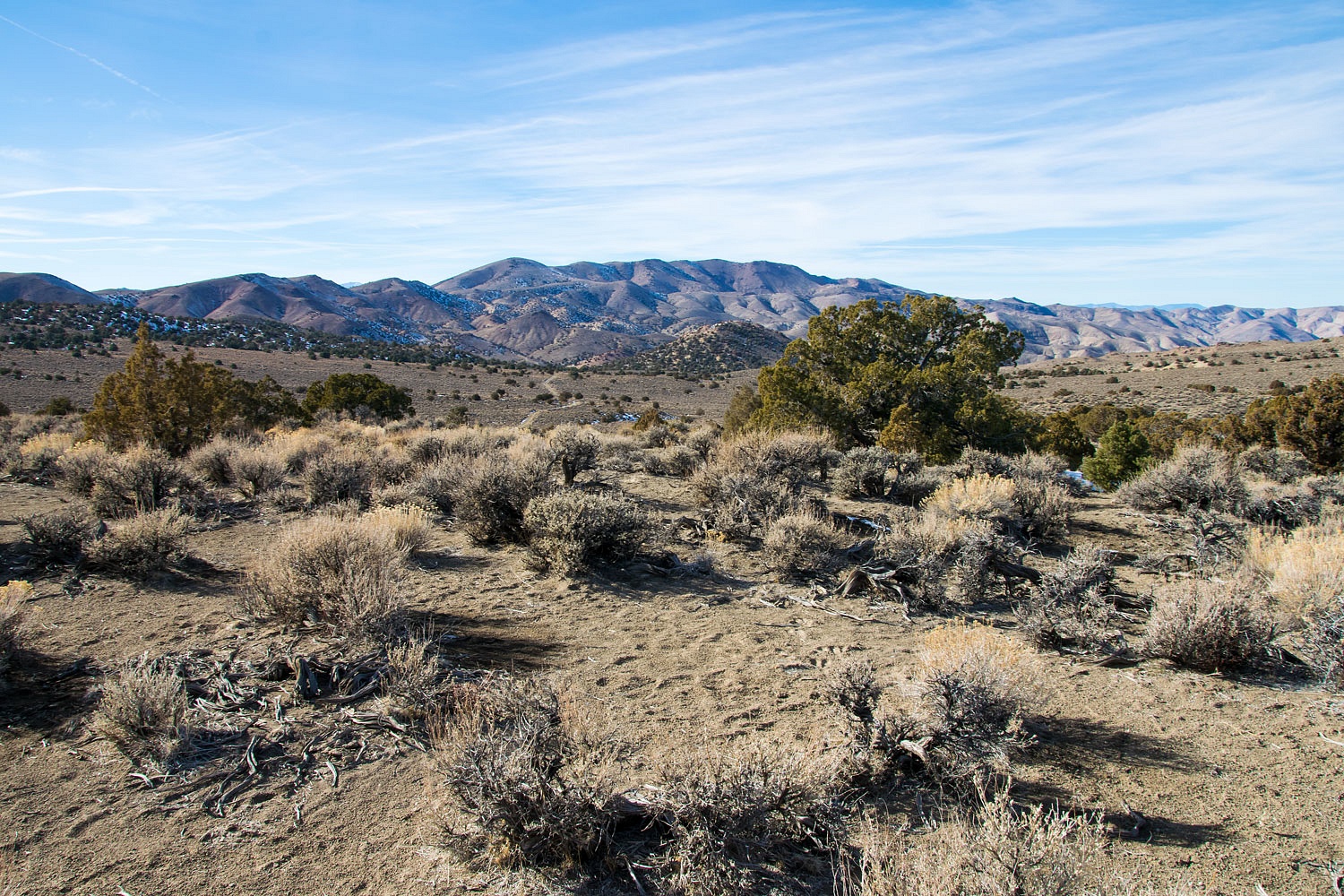
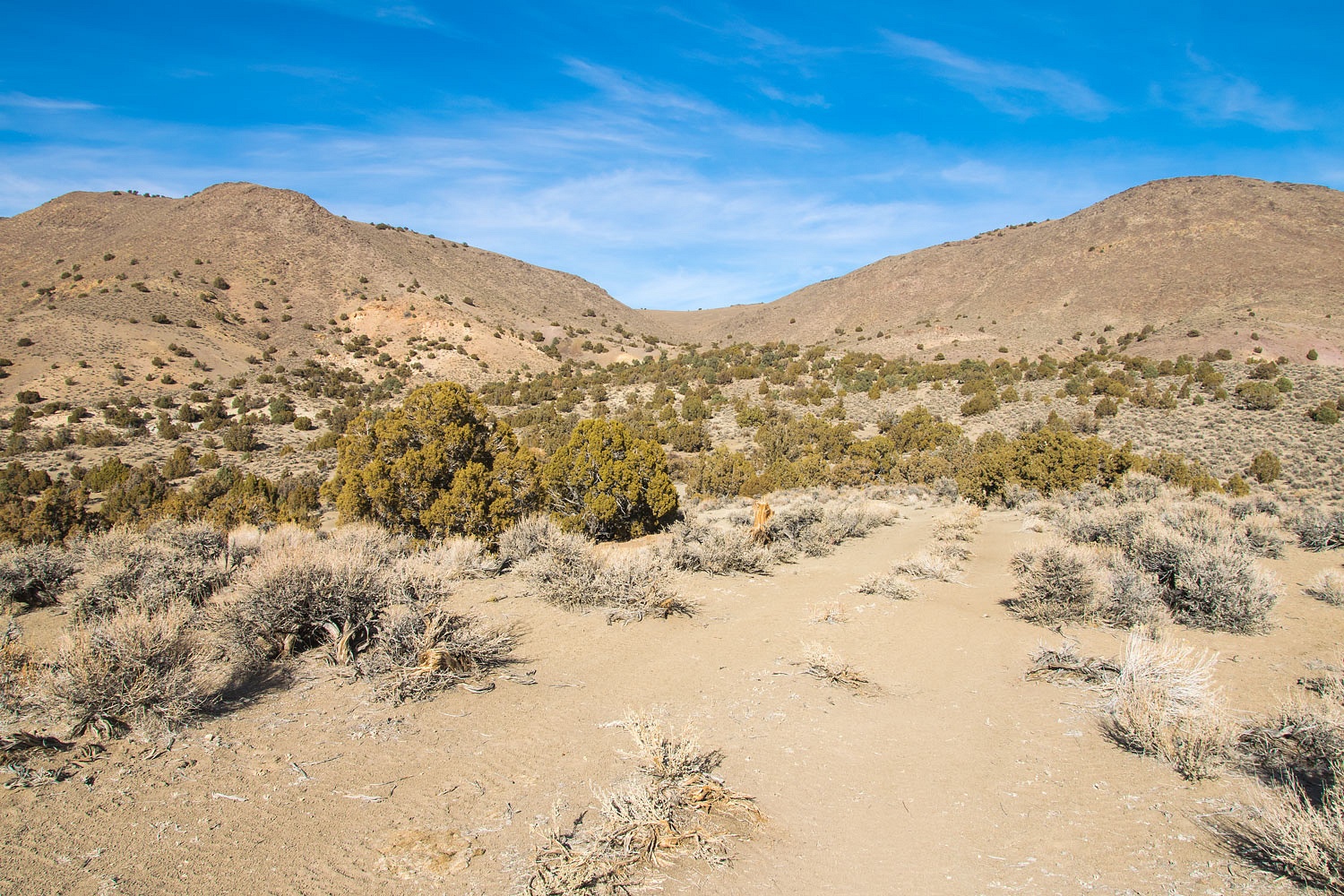
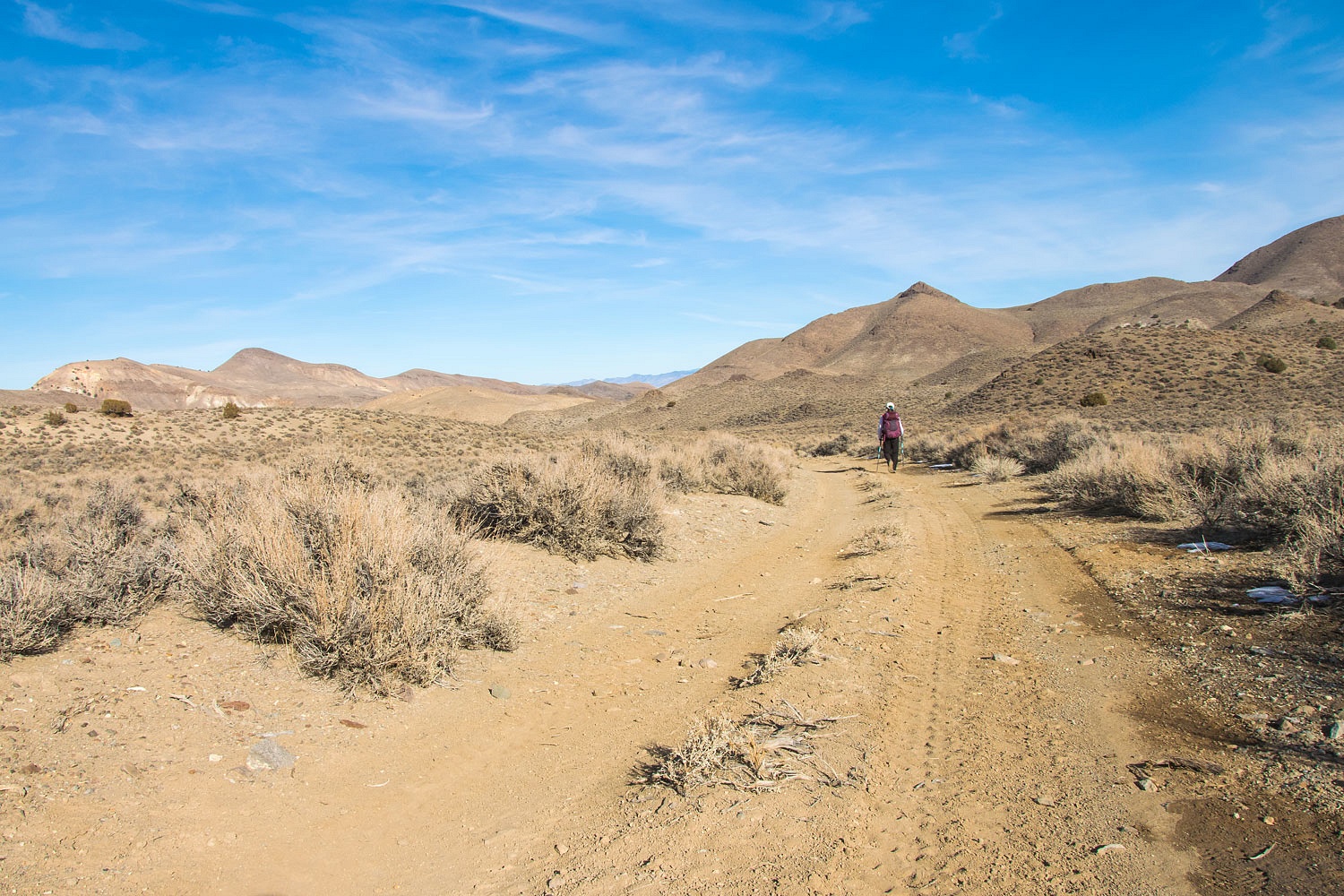
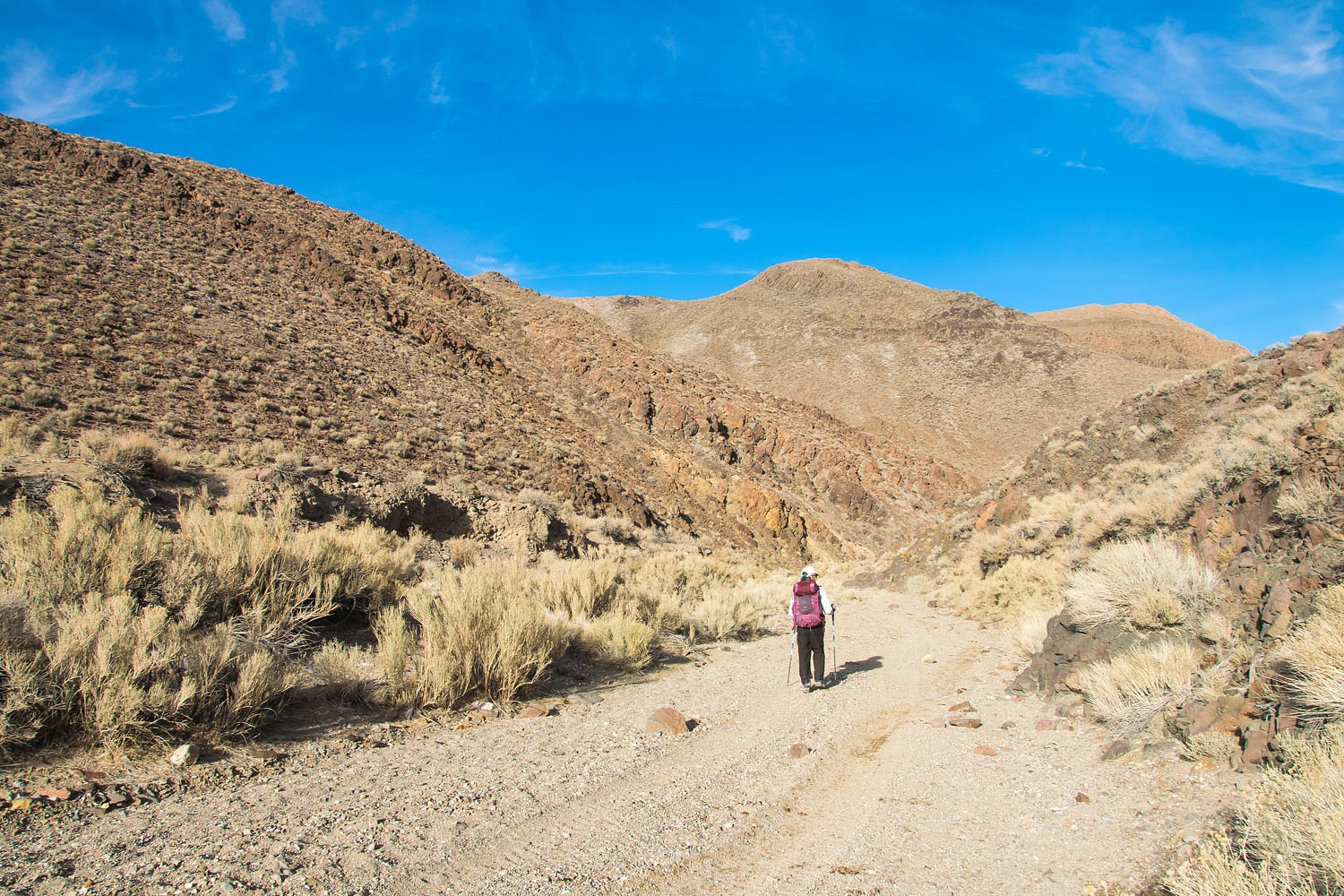
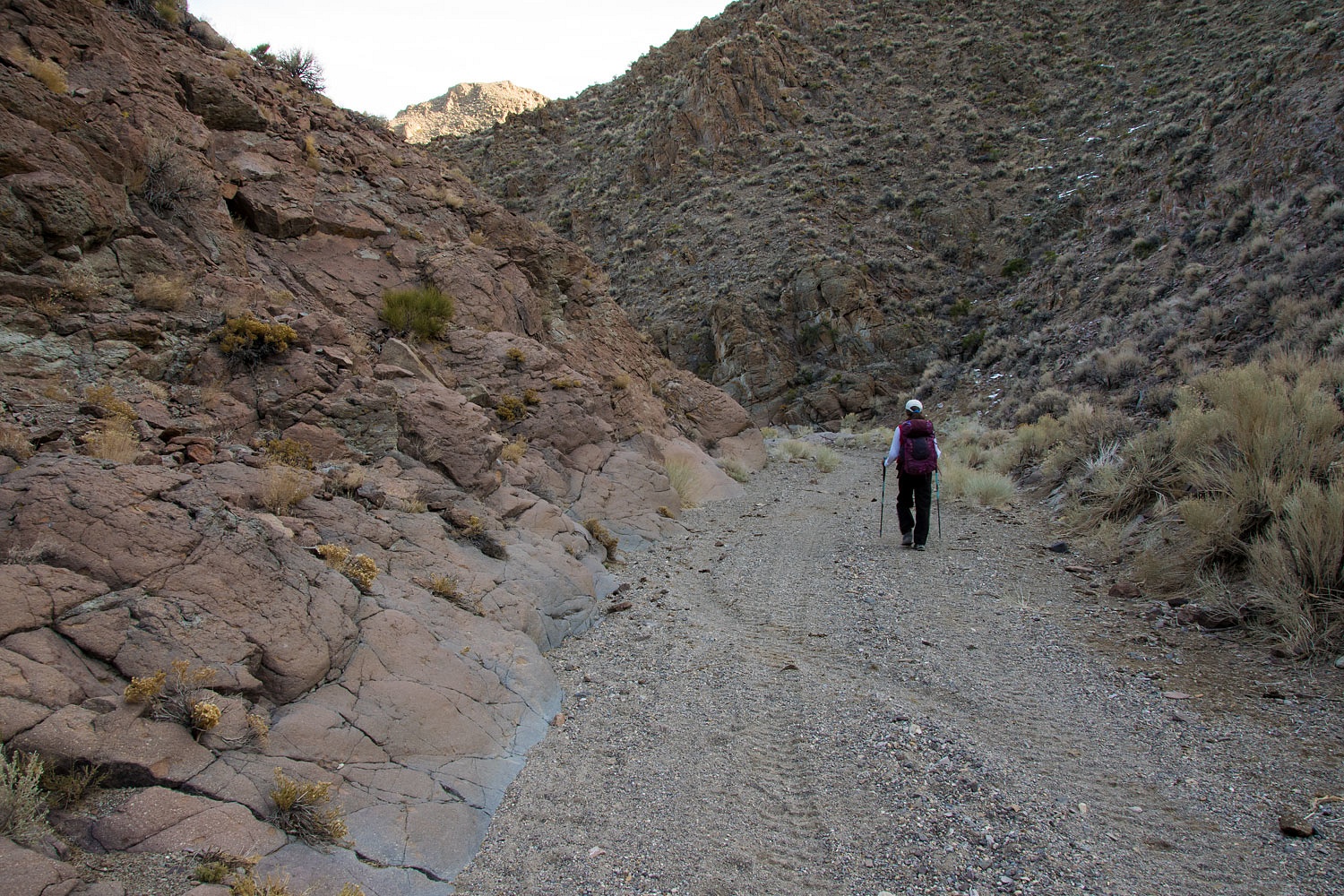
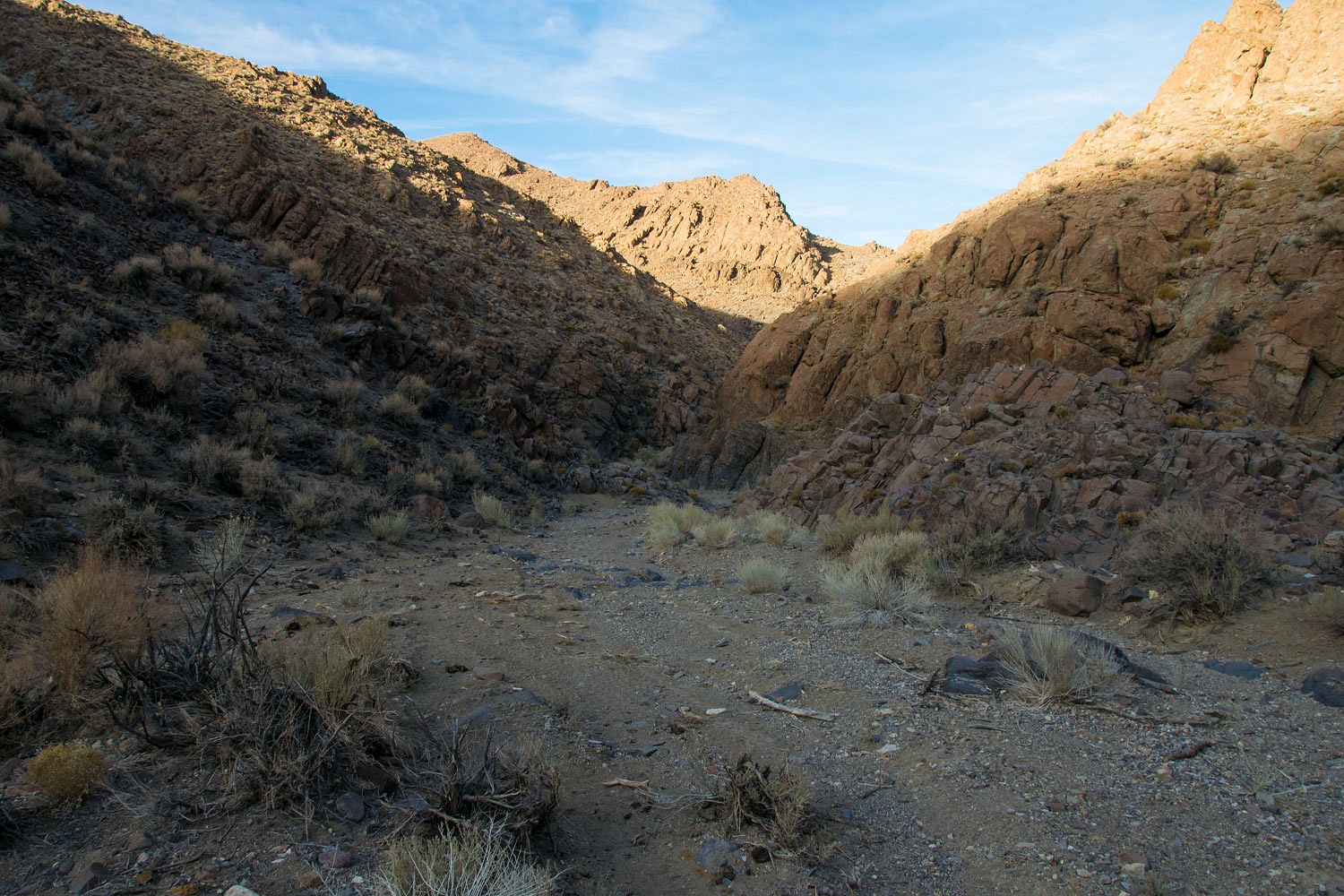
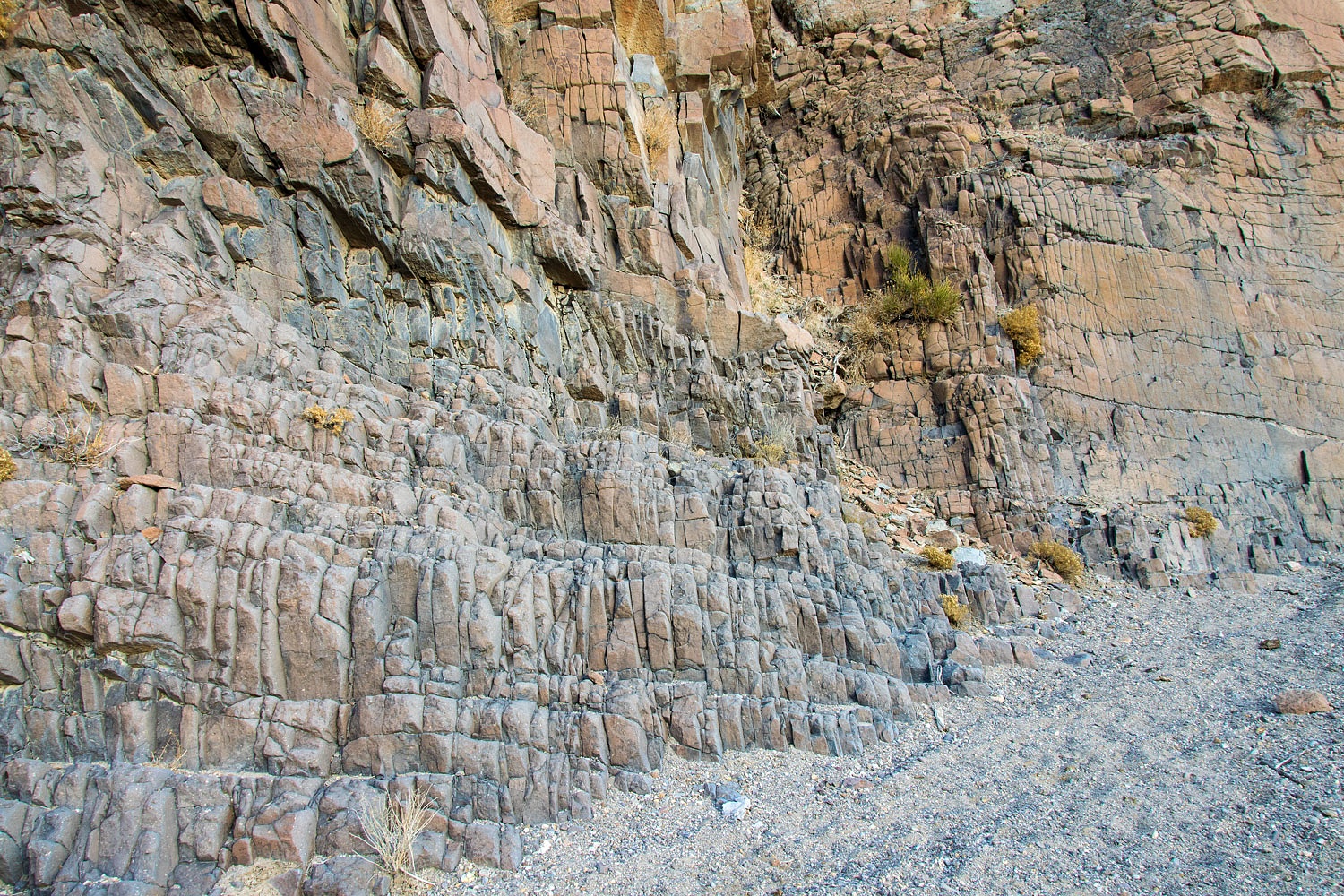
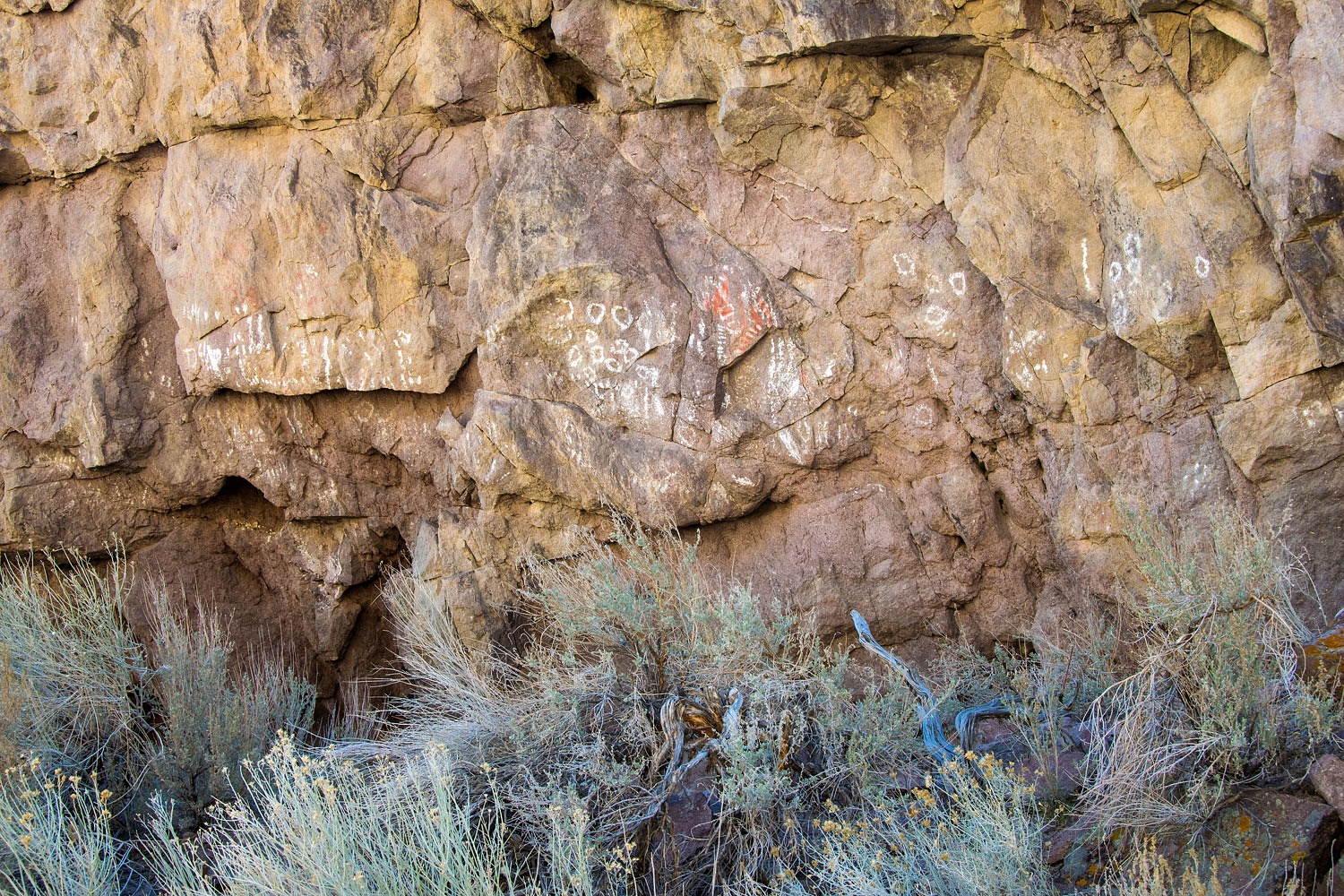
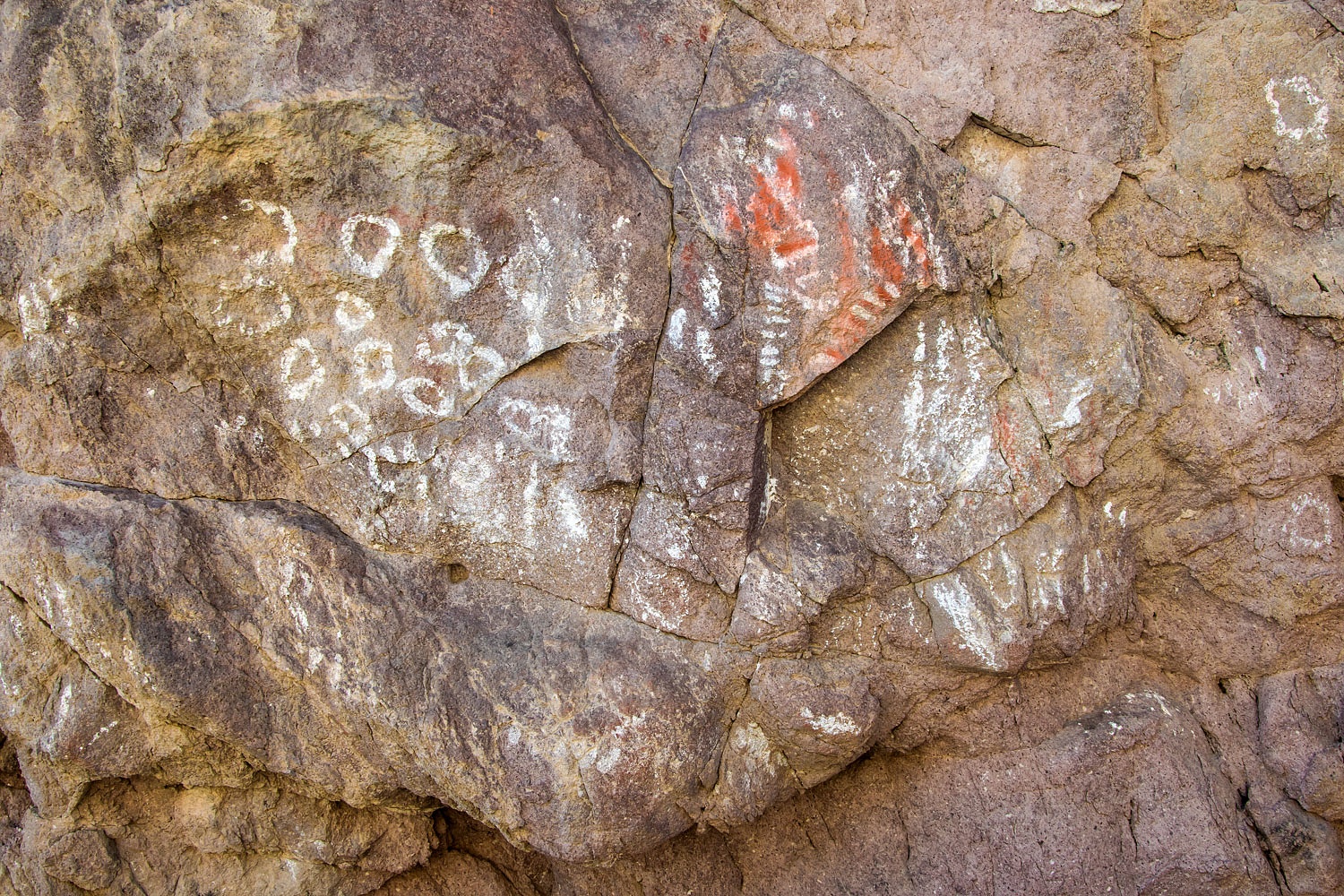

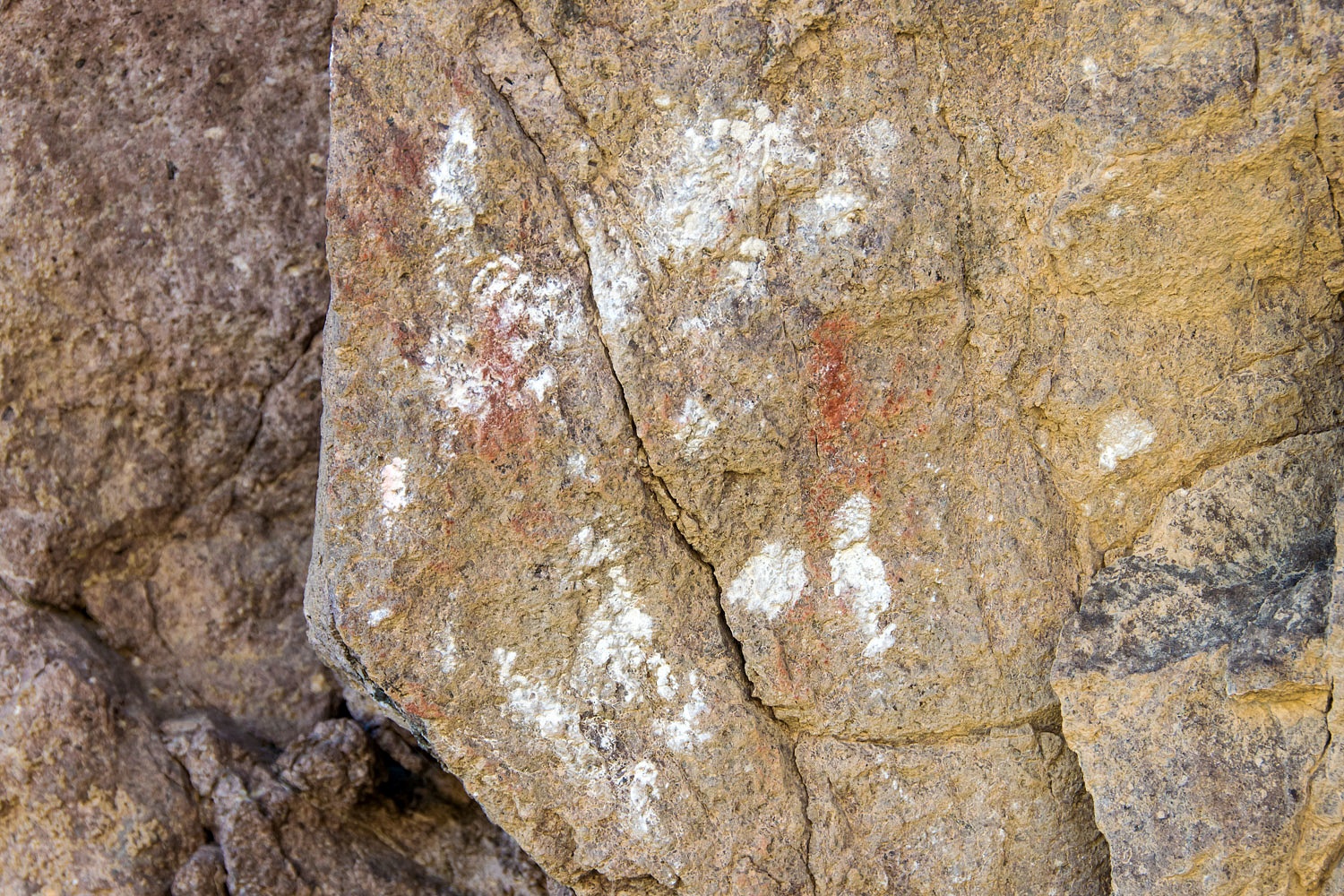
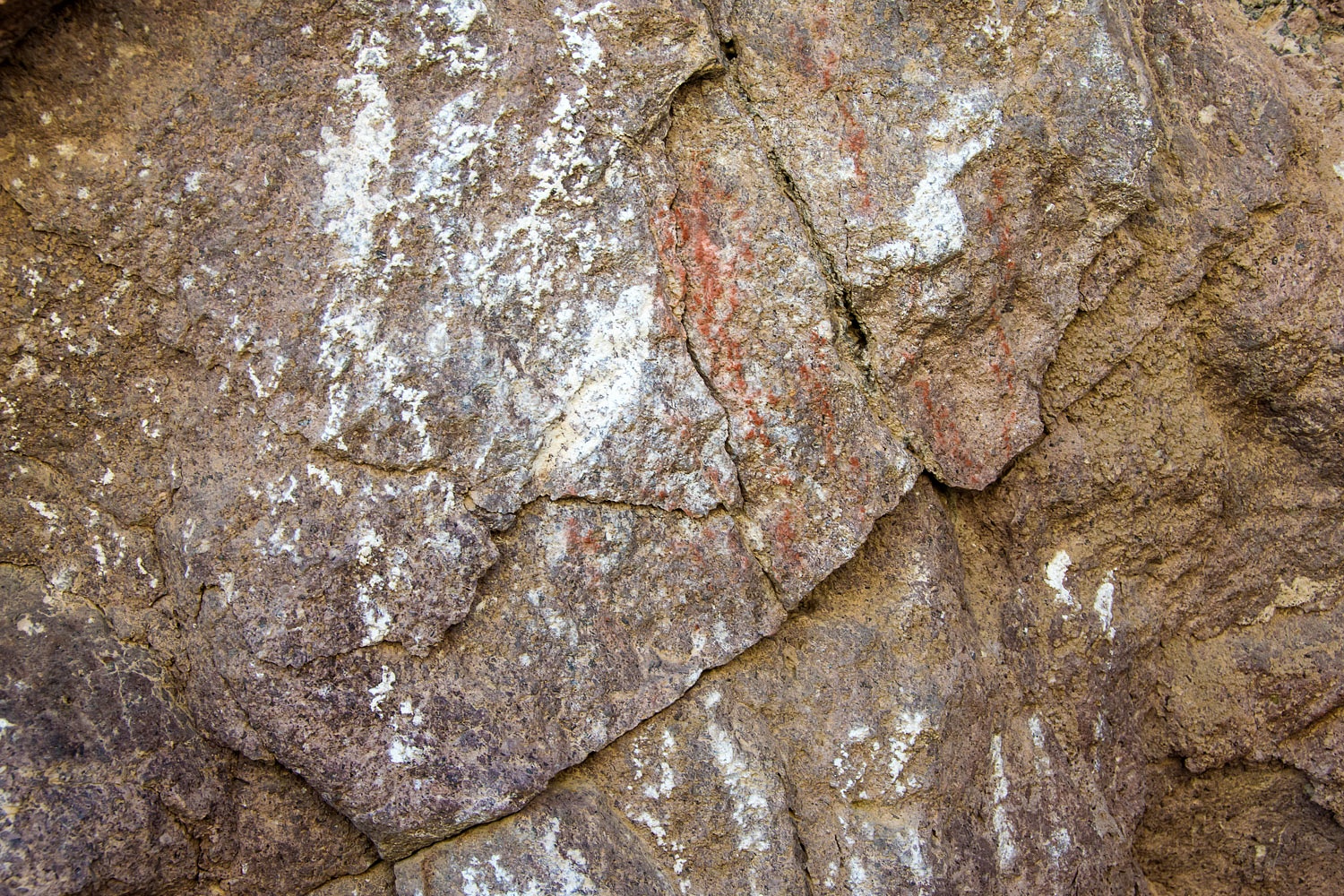

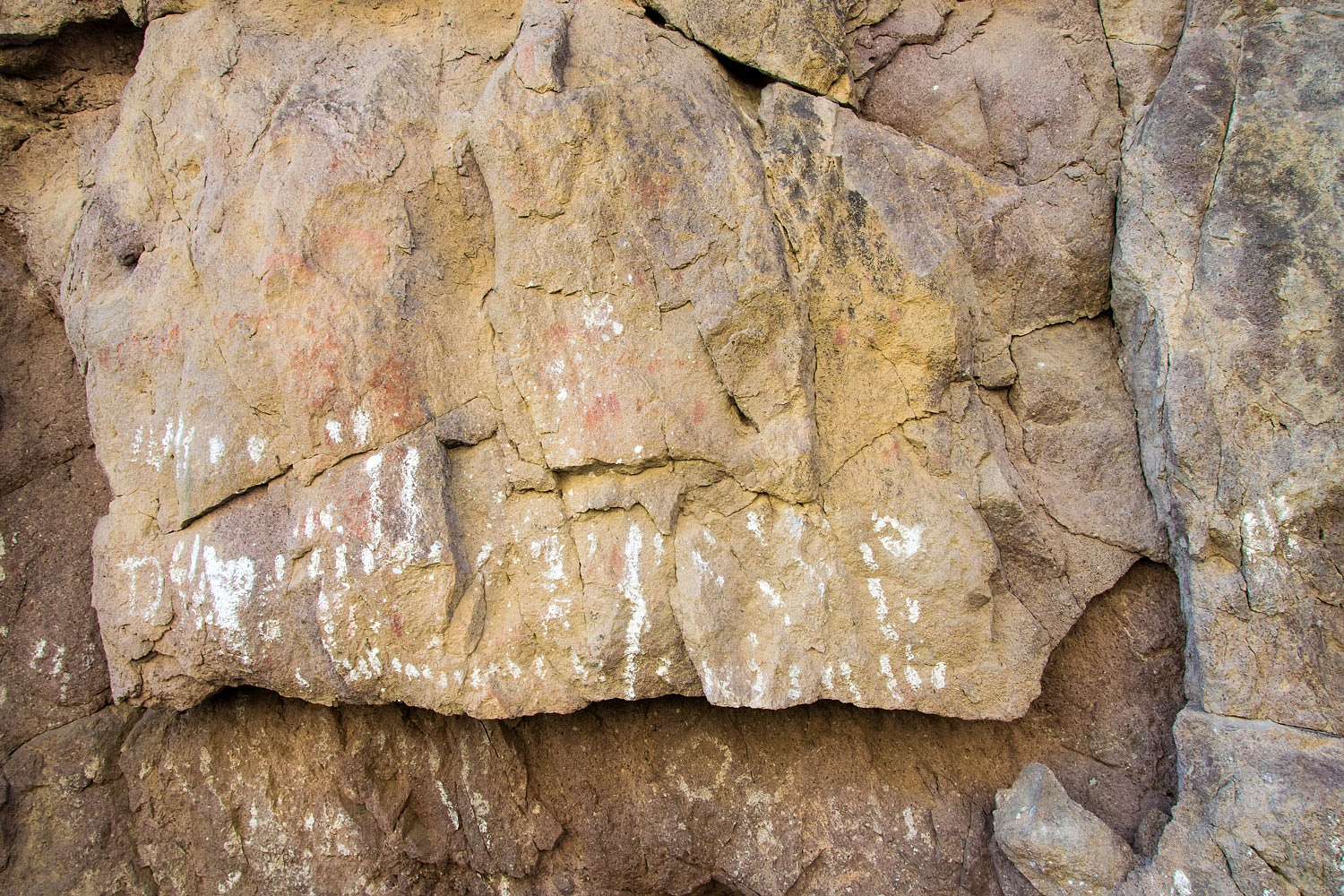
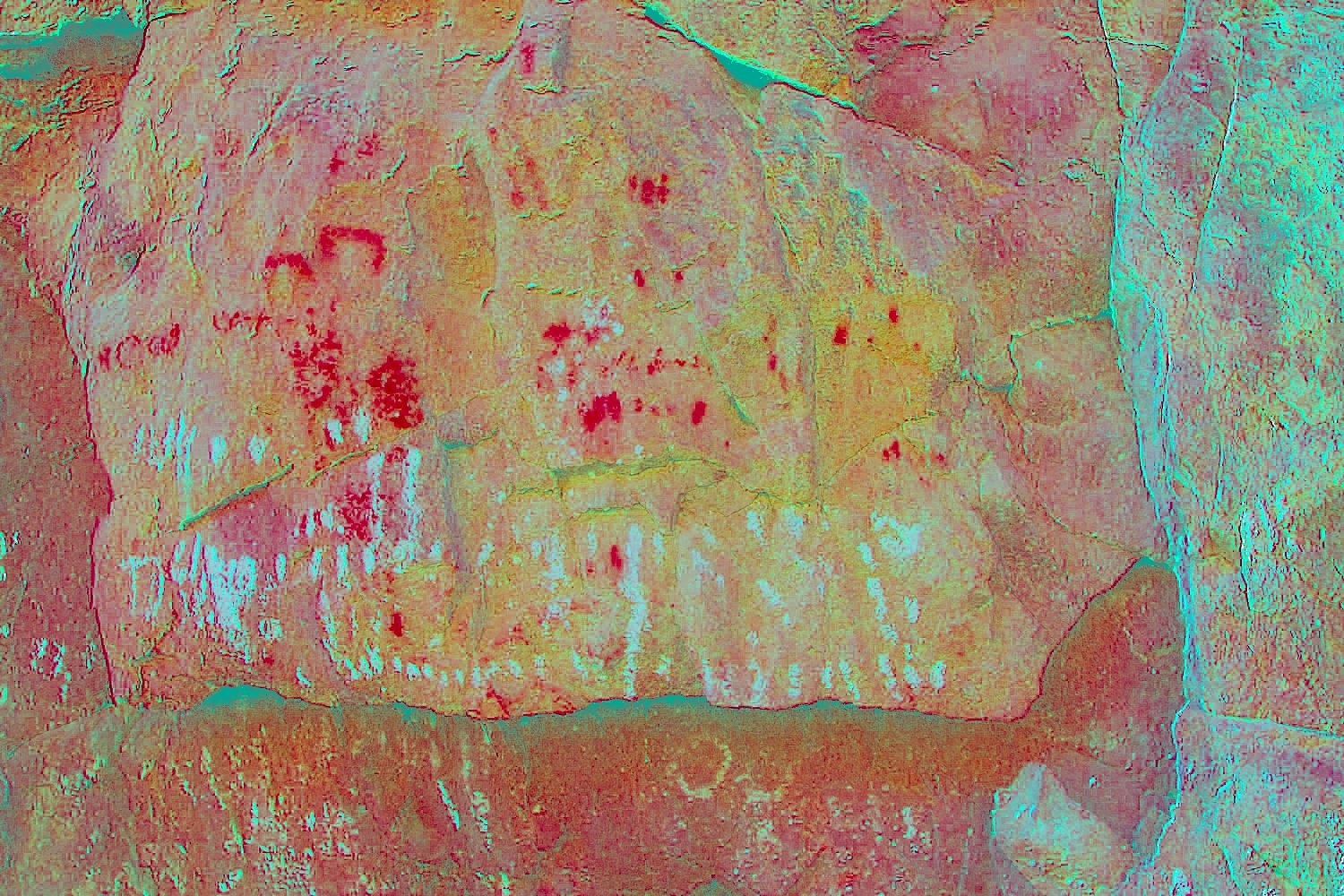
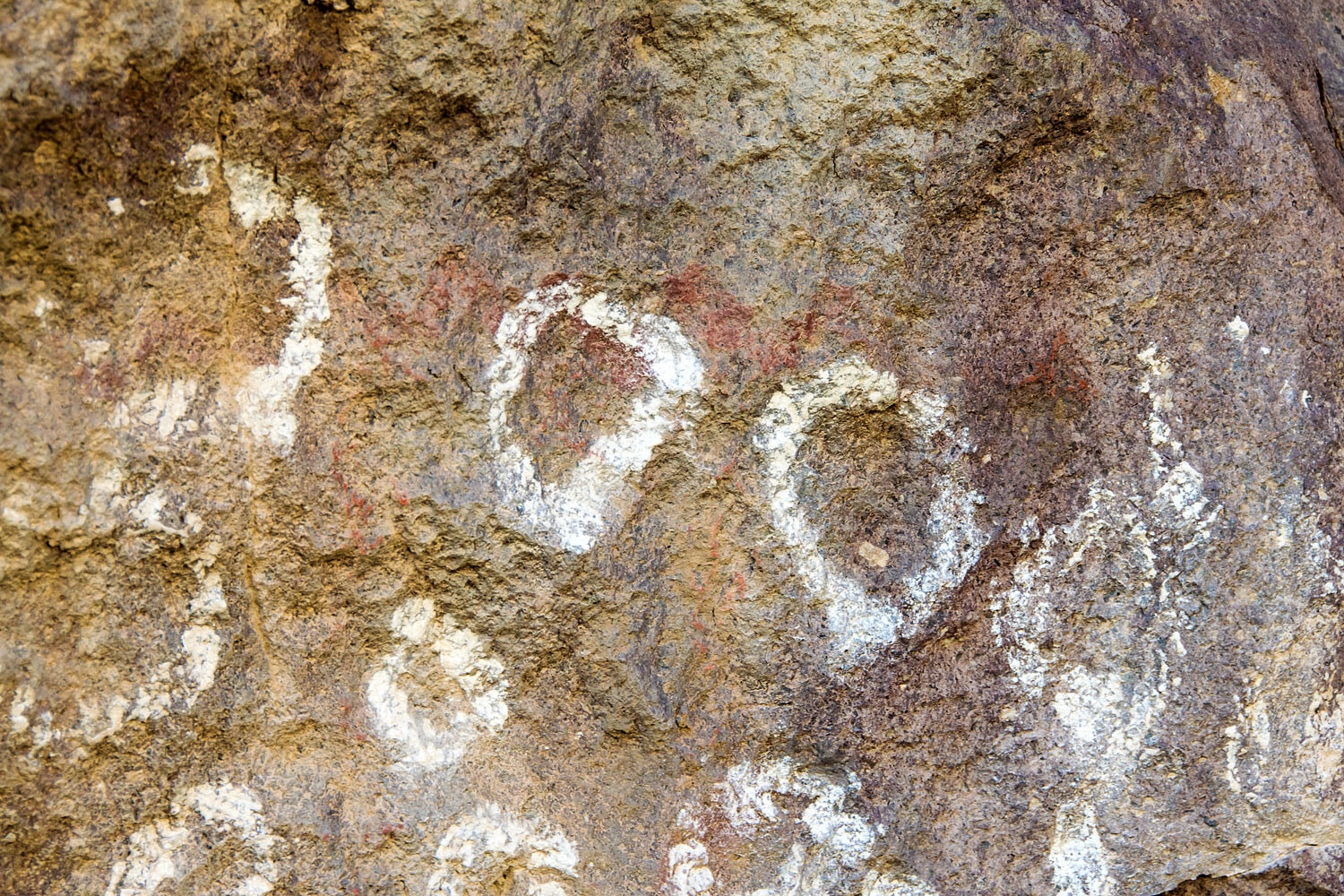
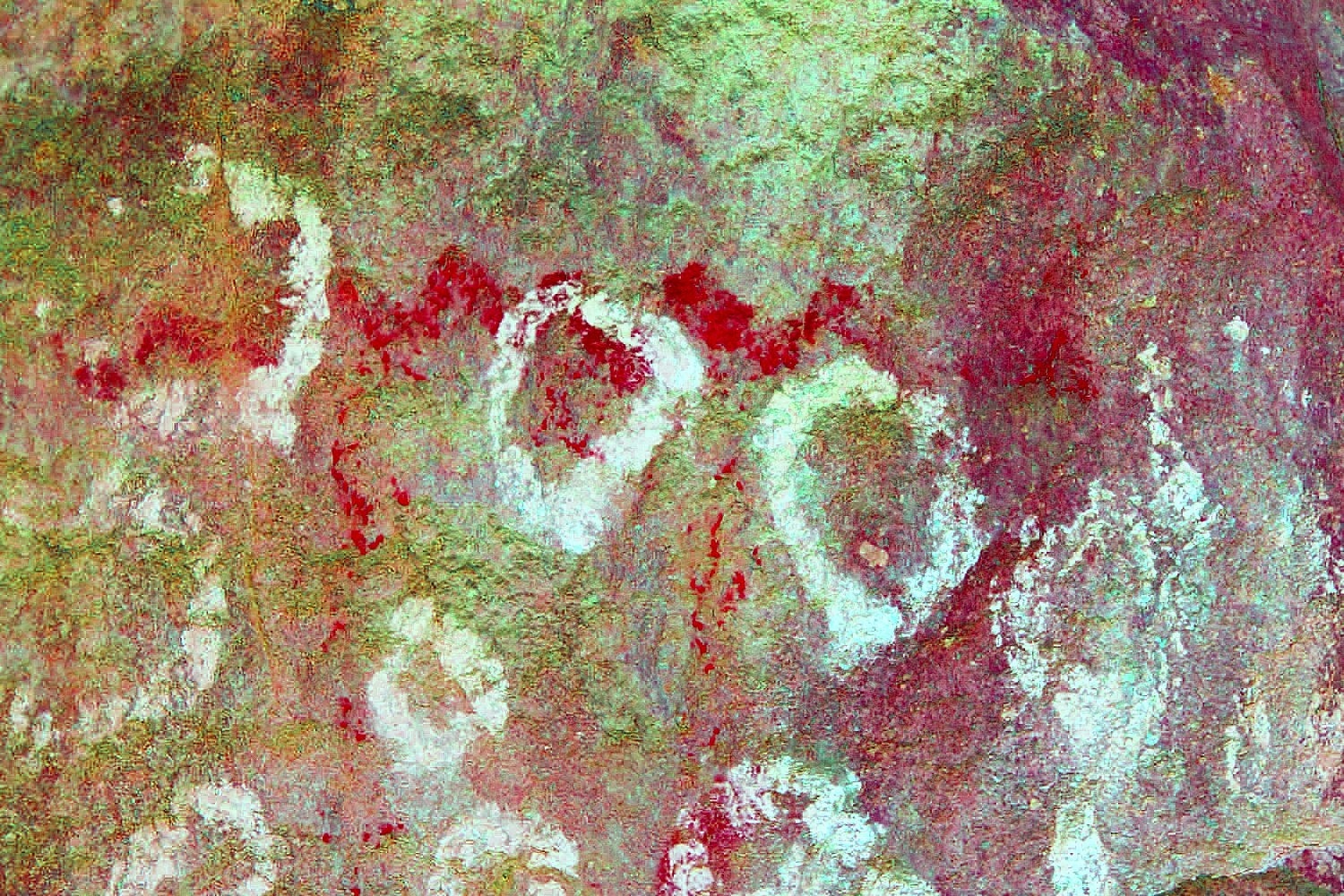
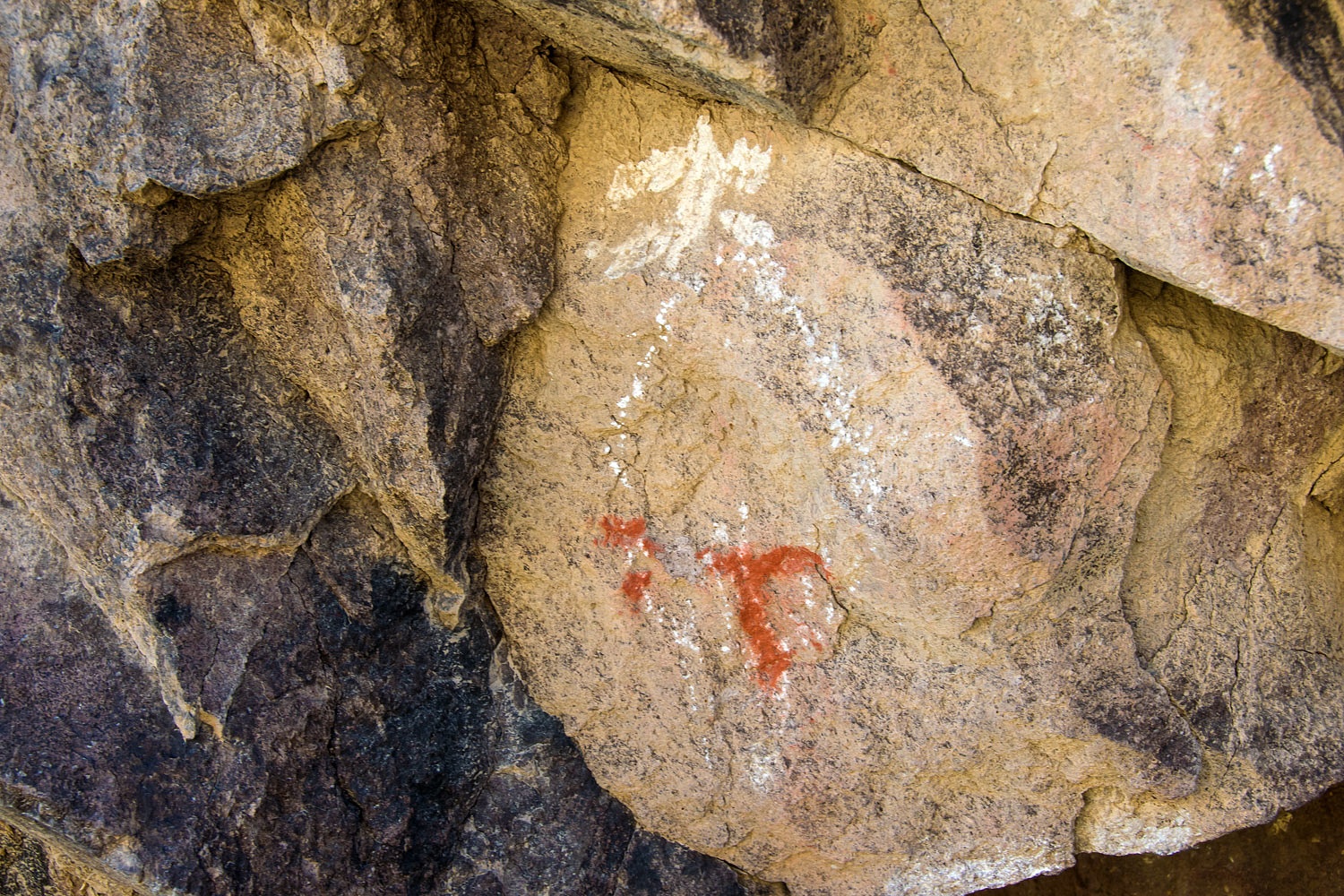
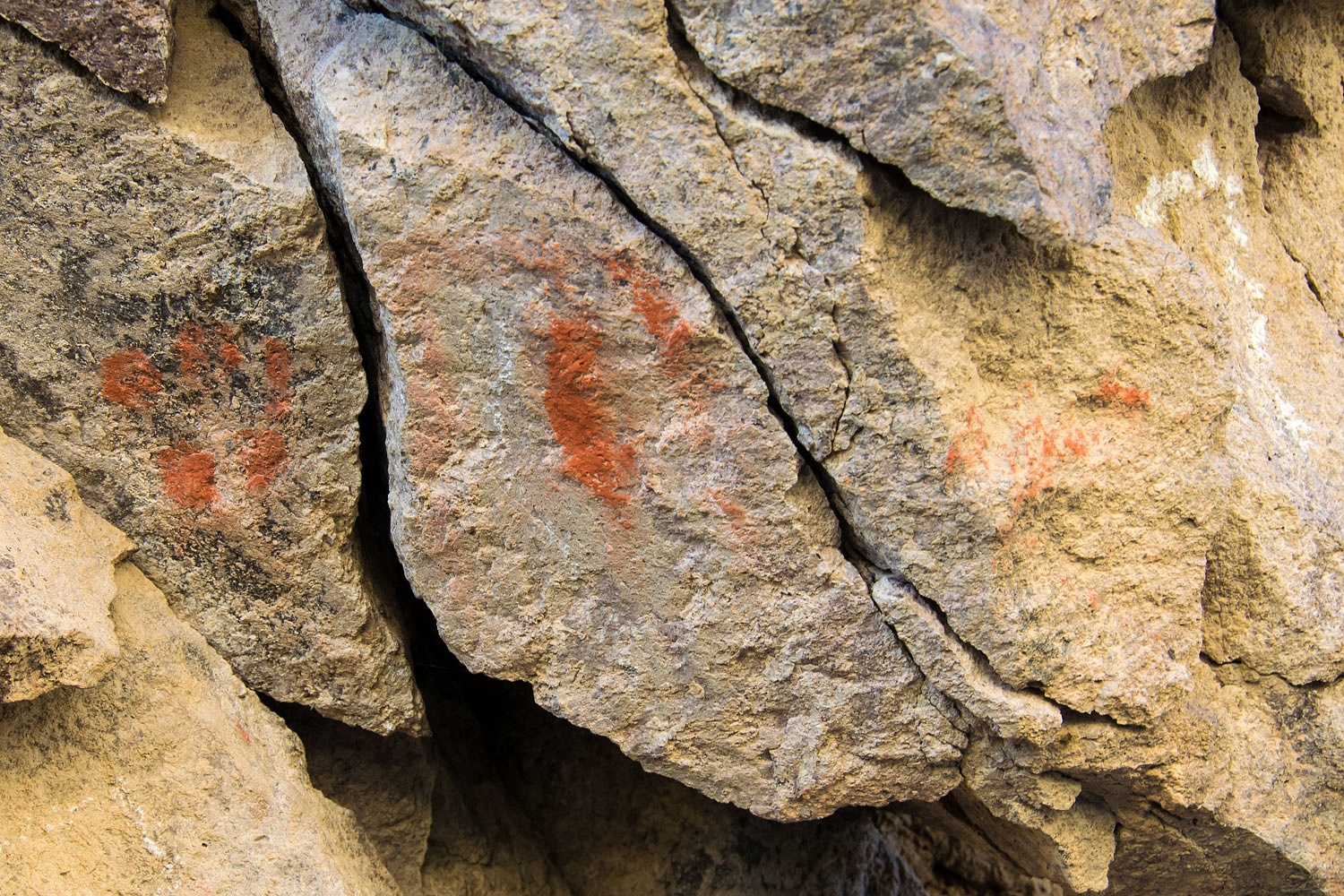
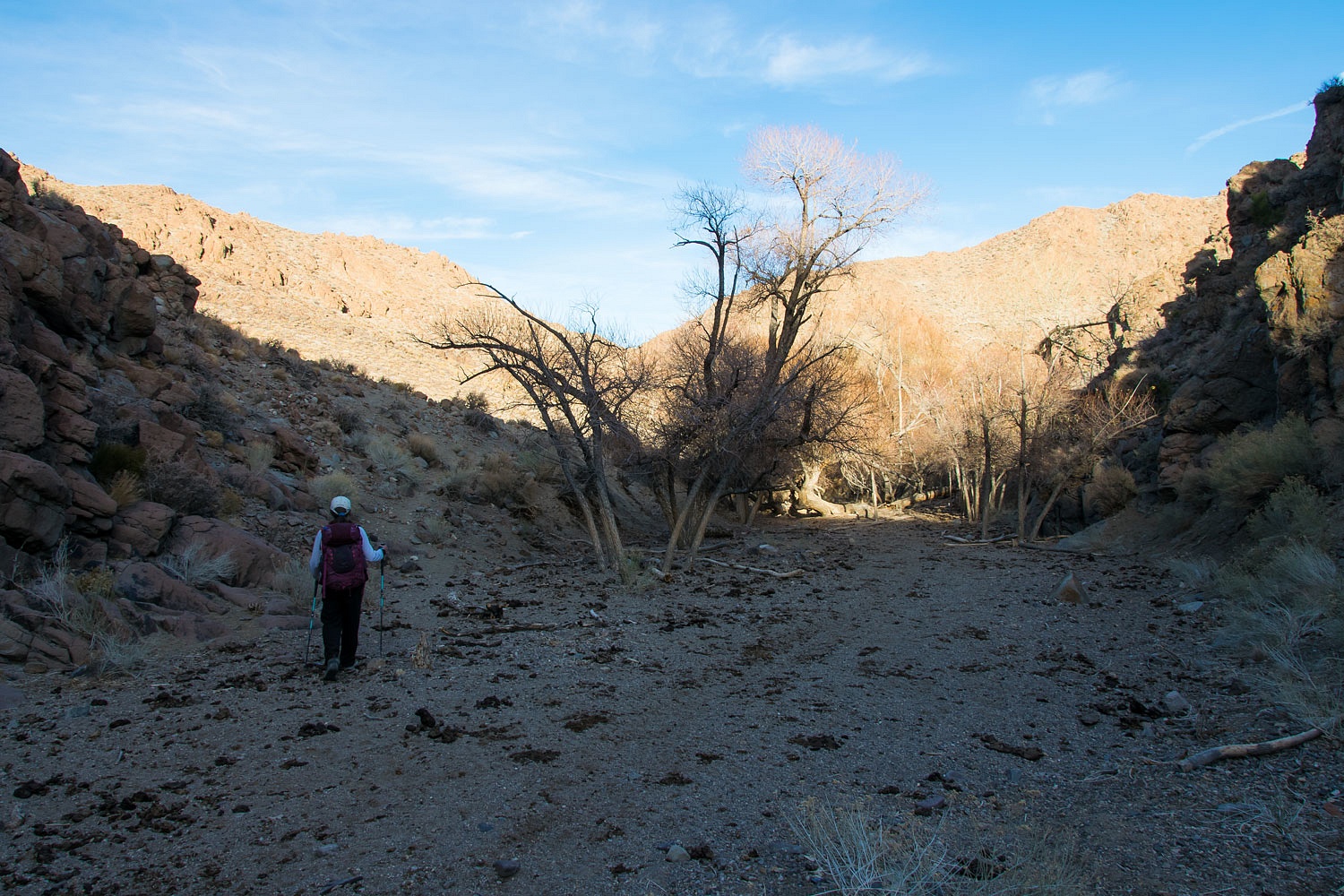


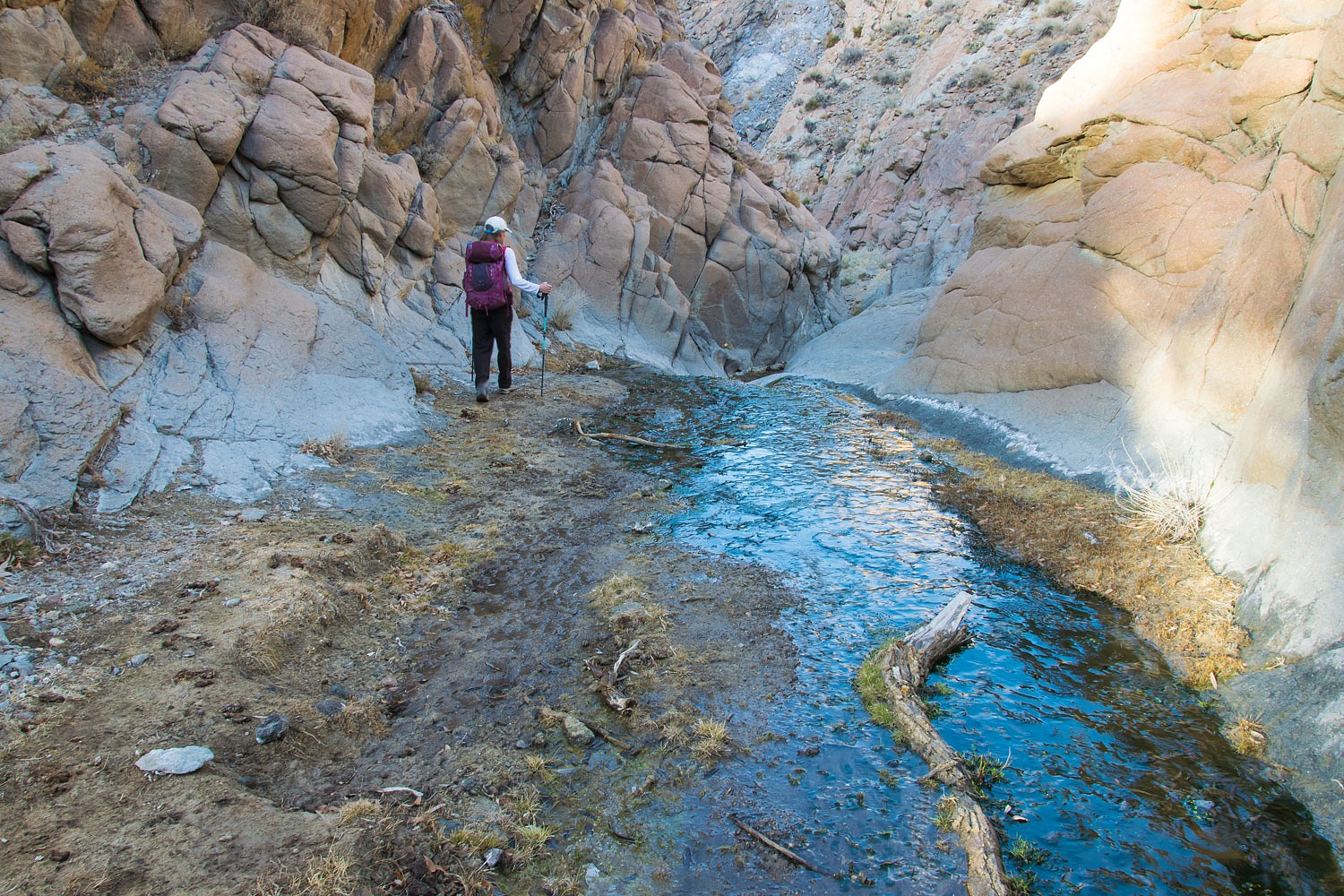
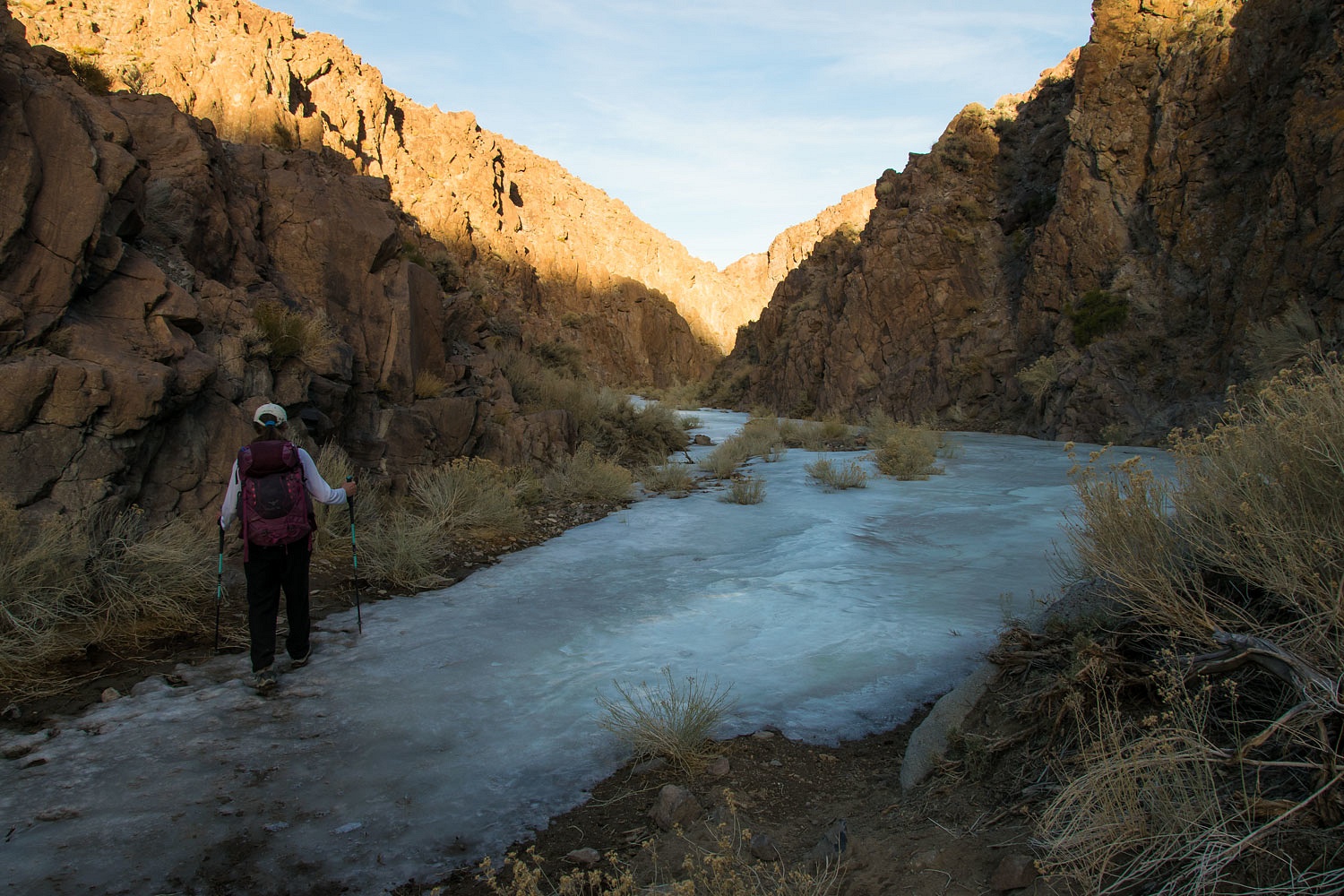
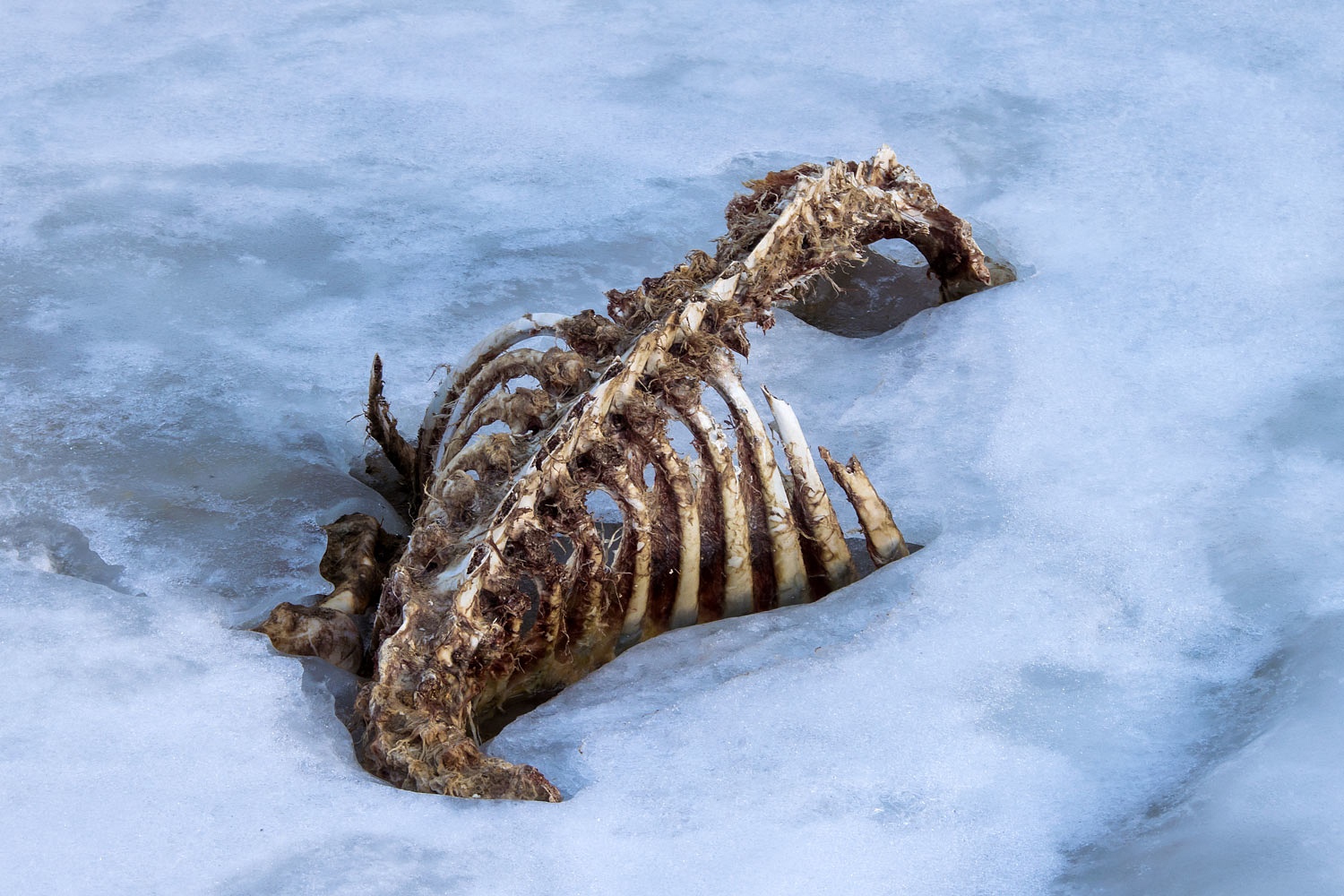
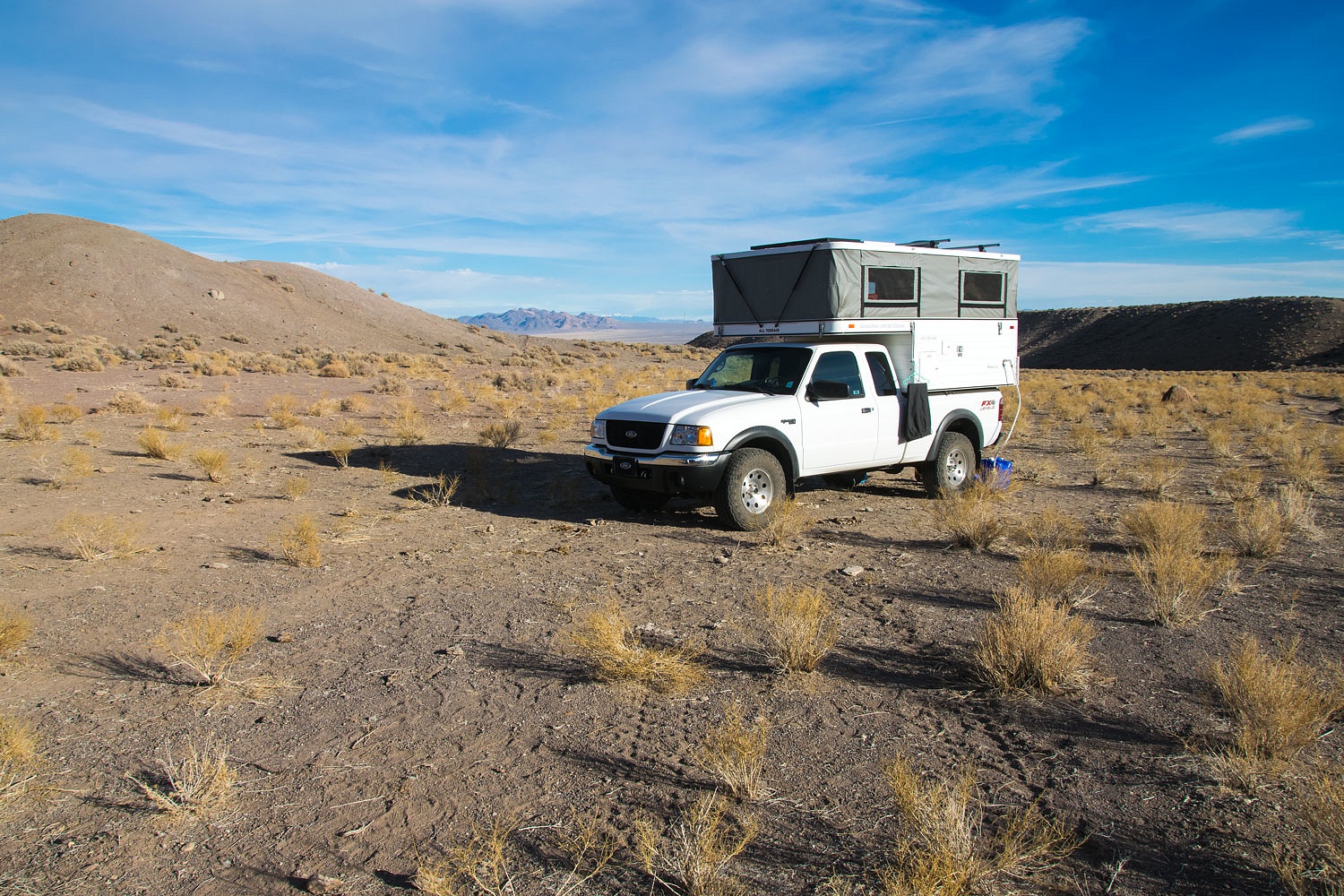

Yup, I do see yer havin trouble with that pesky third tenet of the Code. Me, too.
ReplyDeleteGreat TR, and I finally figured out why I wasn’t able to comment on yer blog. The pictographs were wonderful, but time had erased much of the art, and made it difficult to find a narrative.
Yup,we all have something we must work on. Thanks for the nice comment, Mr. Sage!
DeleteHurrah for microspikes -- like hiking boots with four wheel drive! Another great adventure -- thanks, as always, for posting this.
ReplyDeleteThanks Dan! We appreciate you checking in on us.
DeleteMonty.....I’ve never seen your work (blog) before. It’s quite nice actually: good photos, space between info, frequently funny, always interesting, even fascinating (fine points of flag and spur and mouth management for instance) Thanks to you and brother Alan for the icy trip
ReplyDeleteThanks Jack. I'm glad Allen passed the link on to you.
Delete